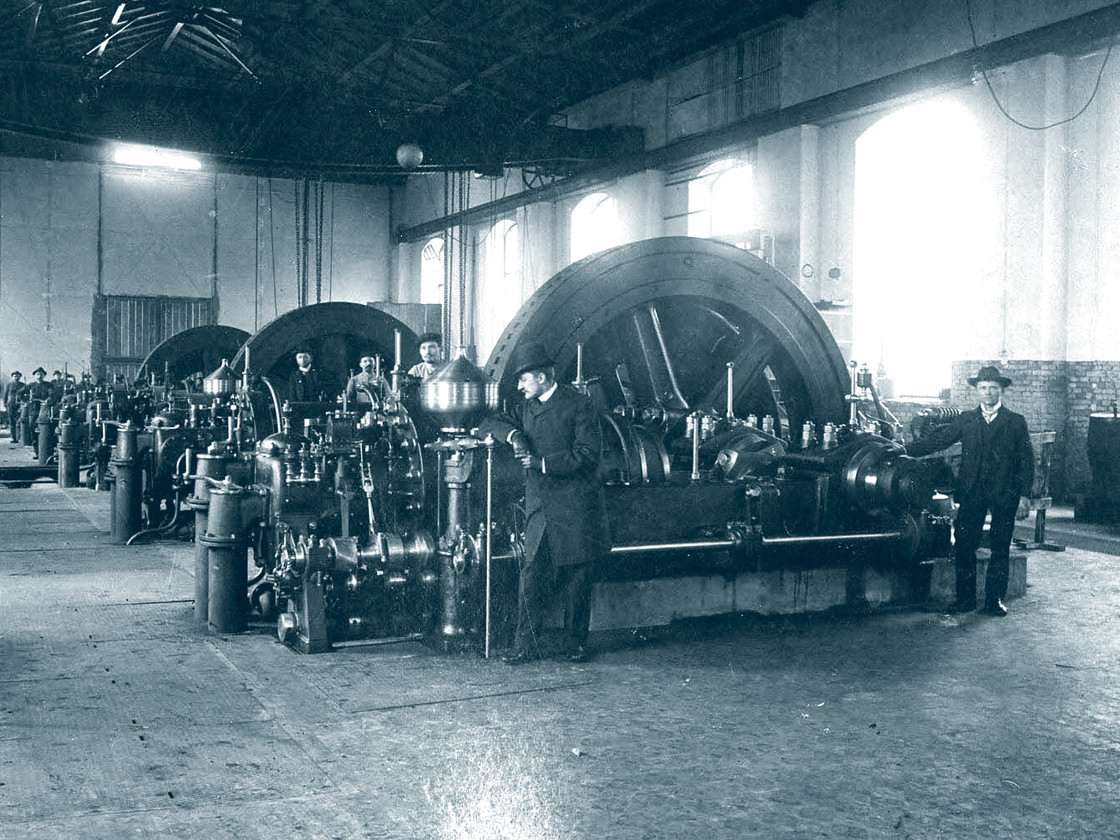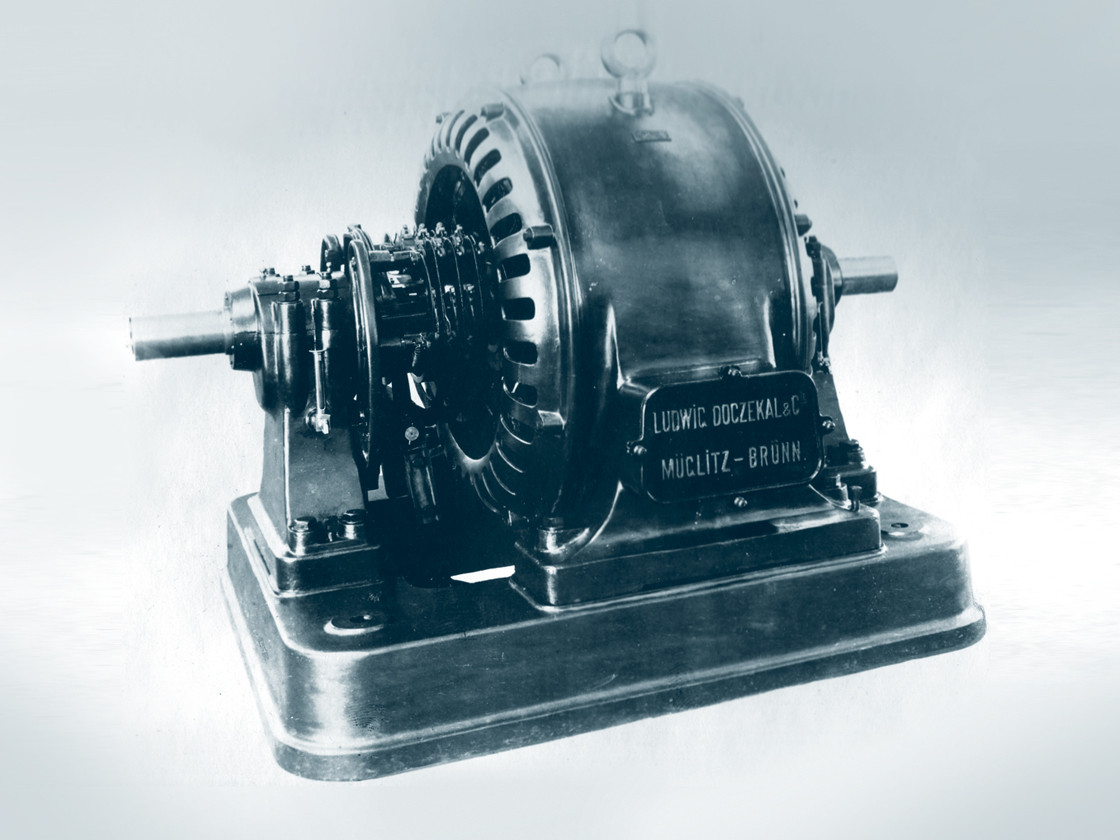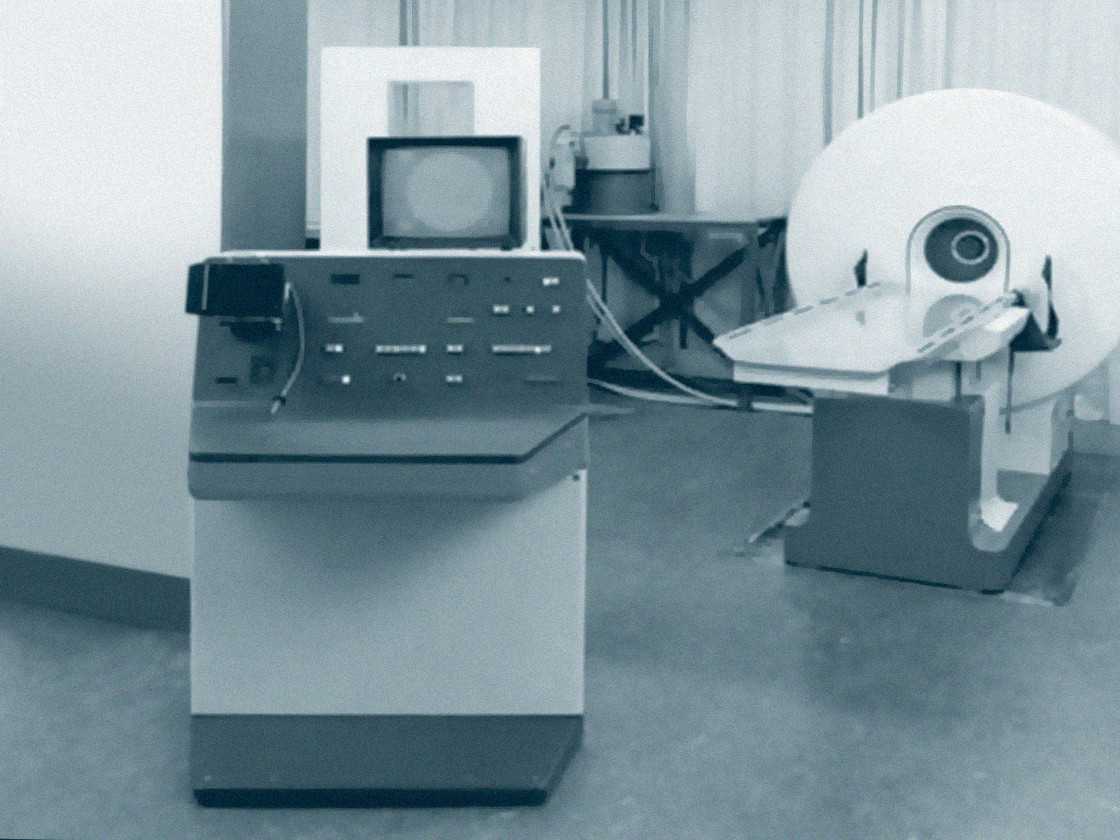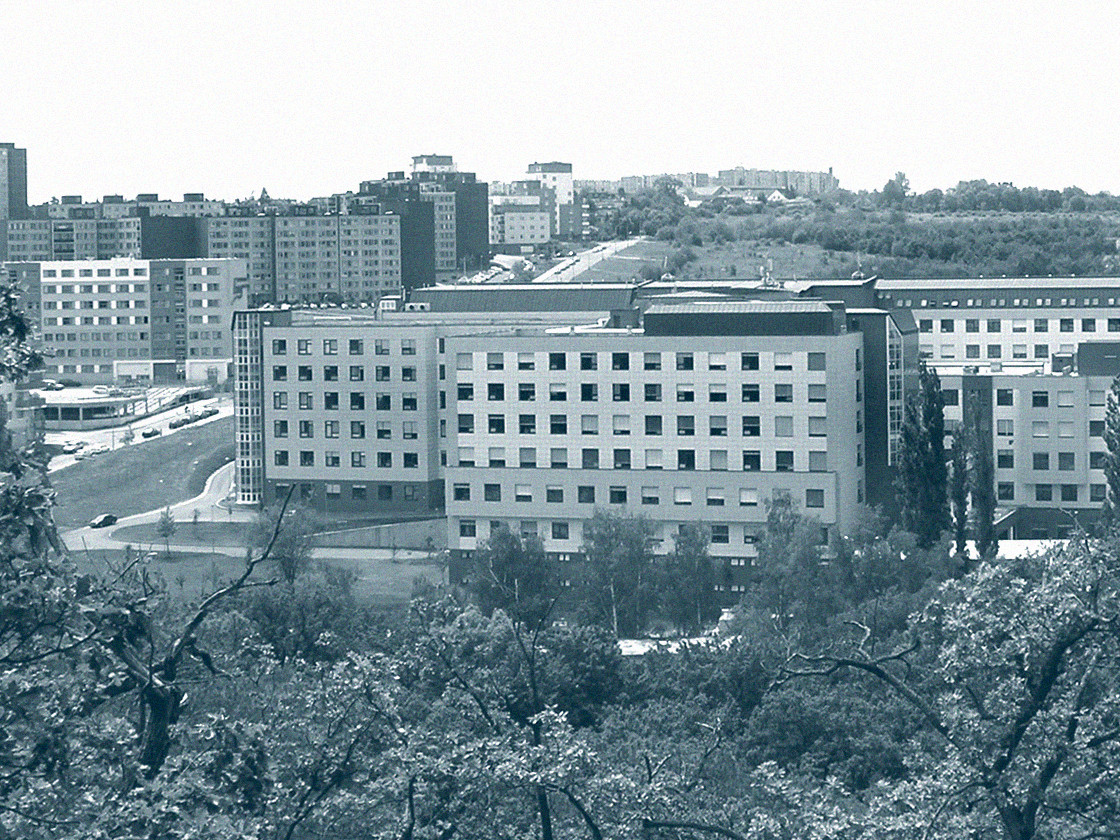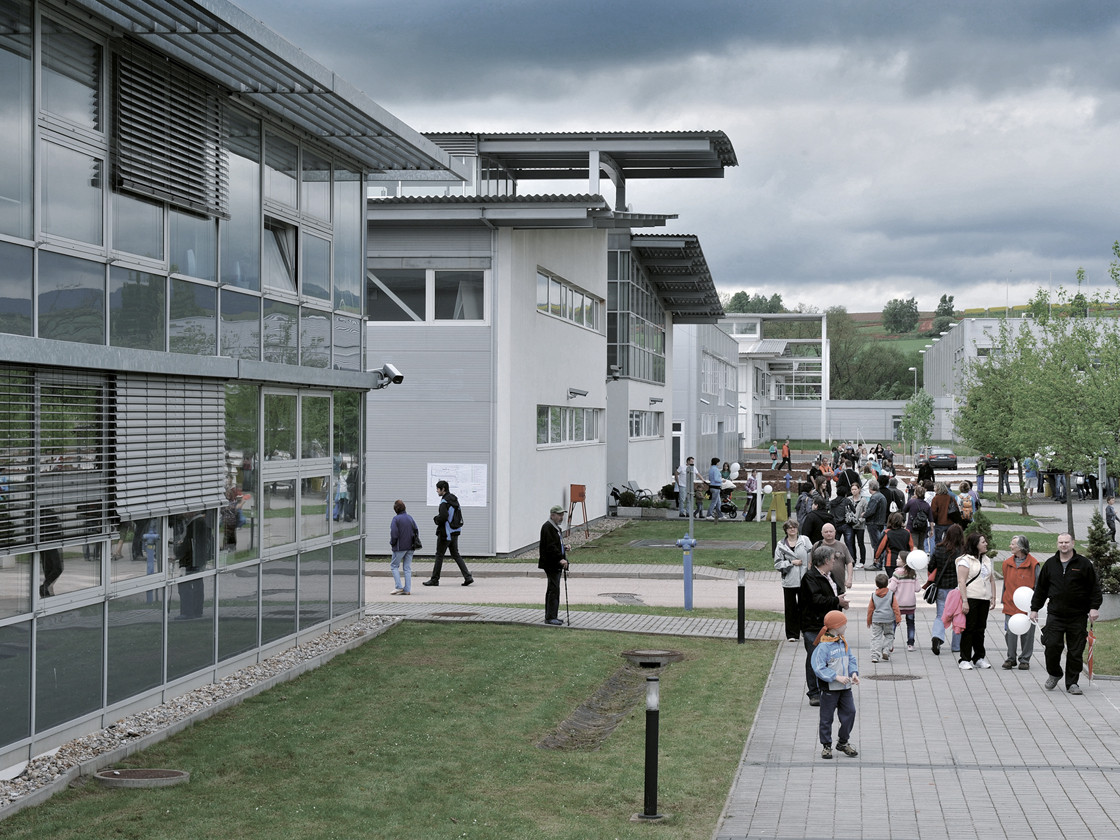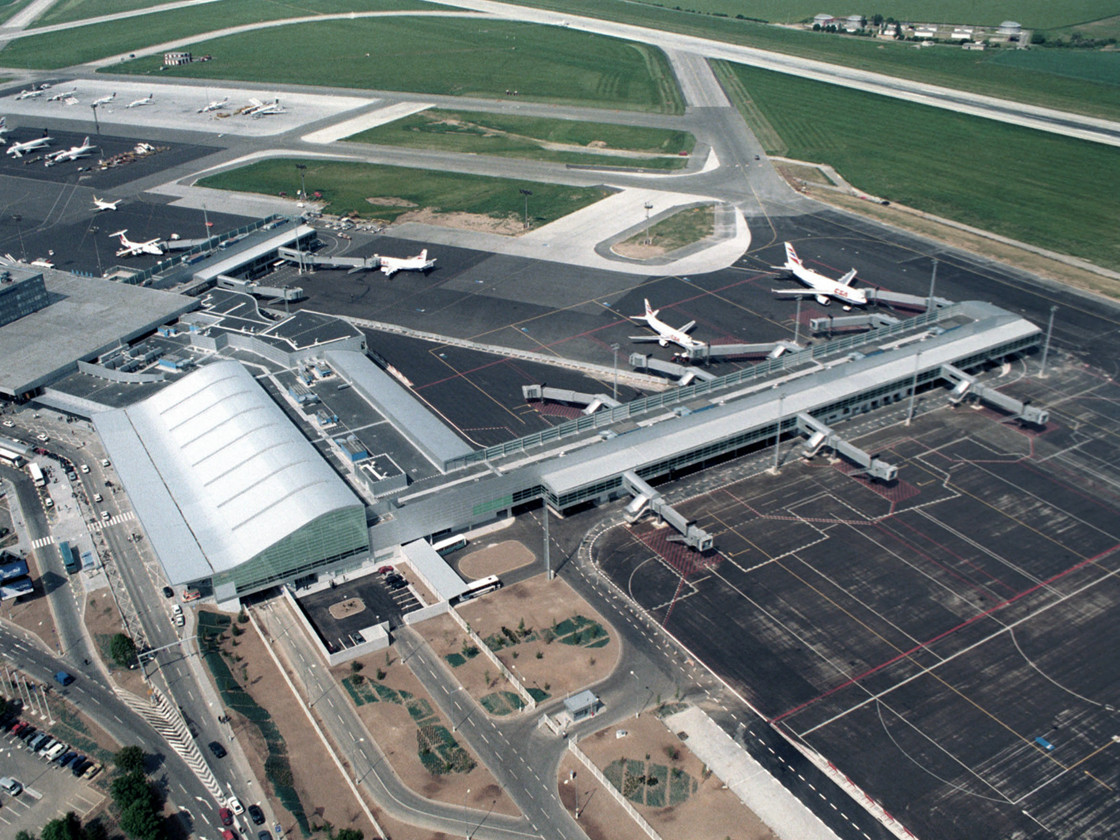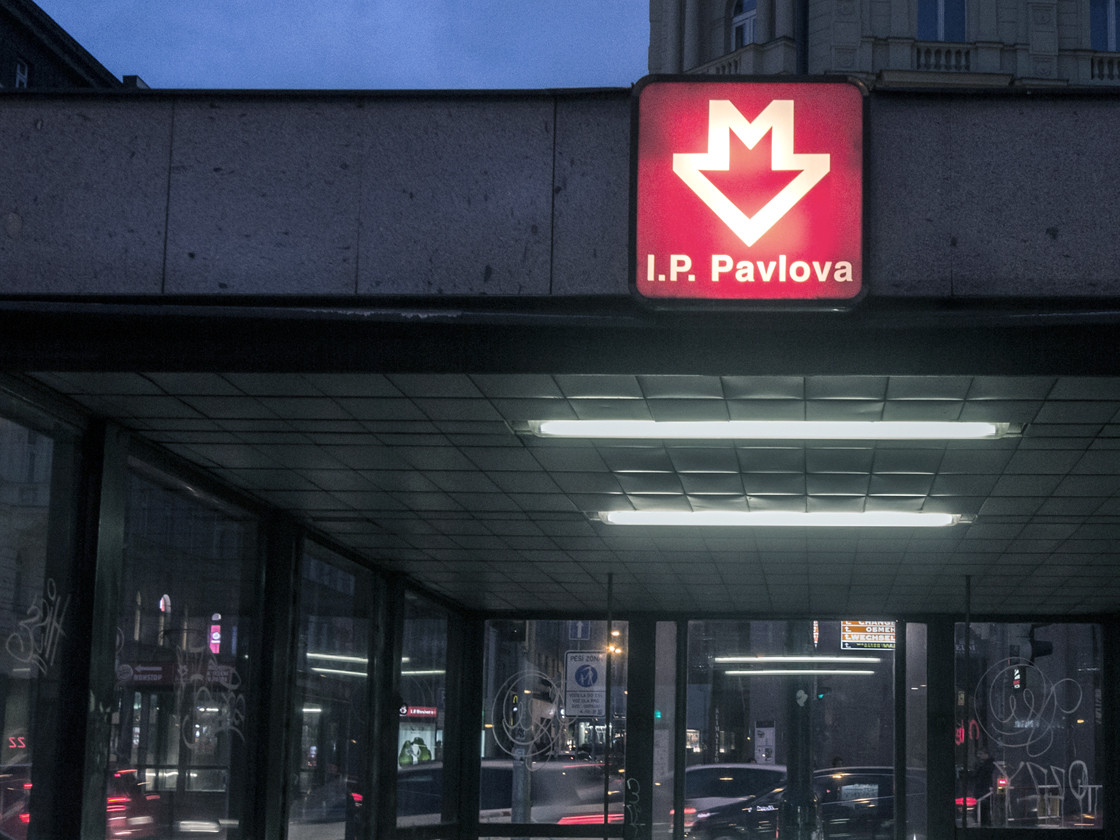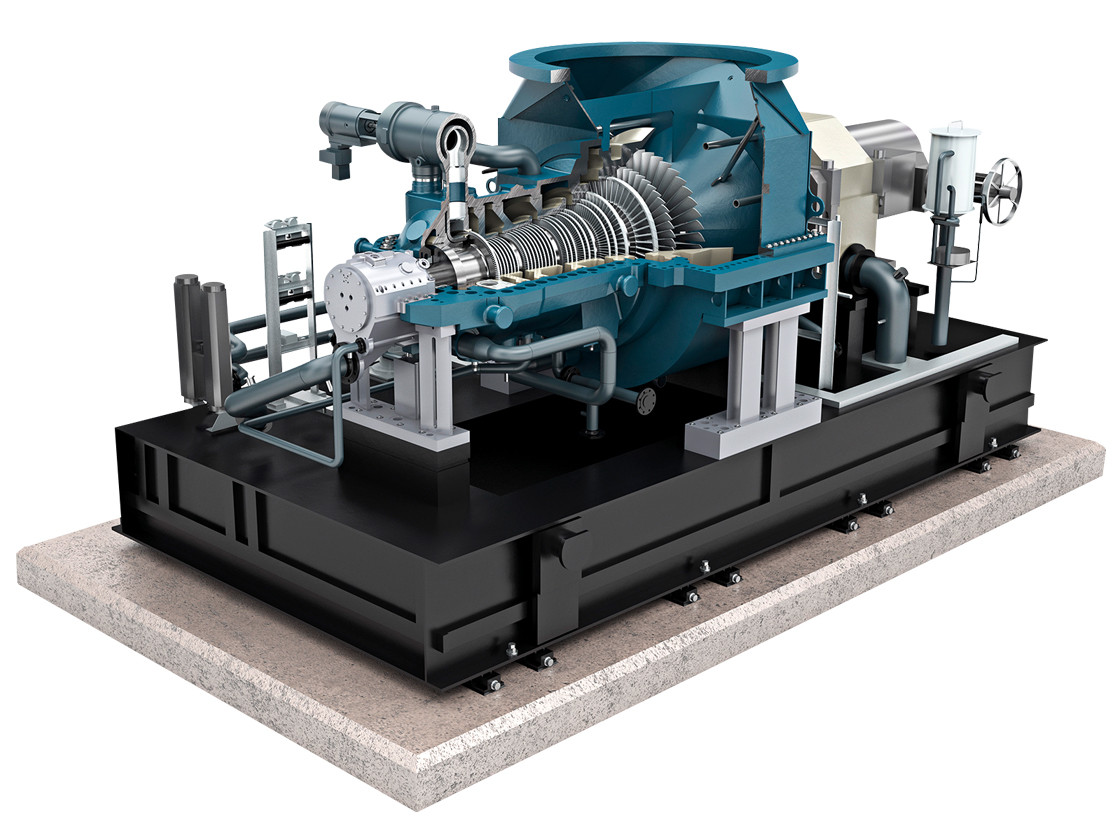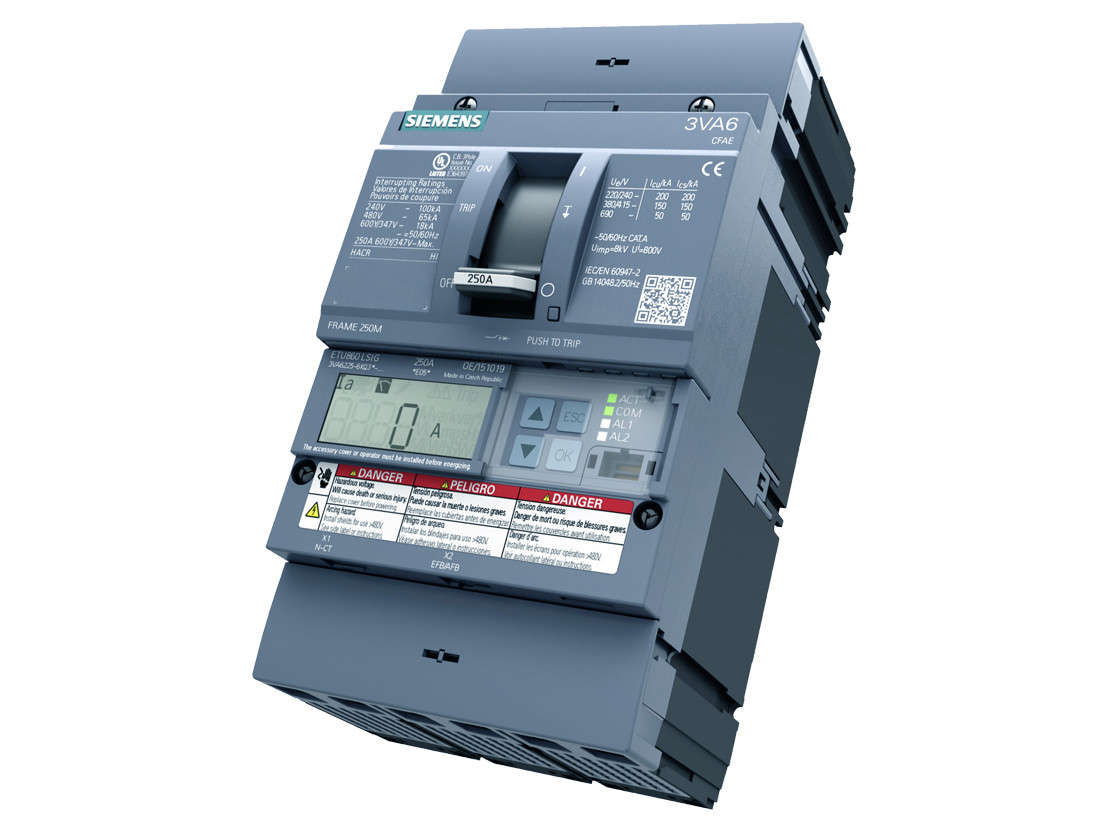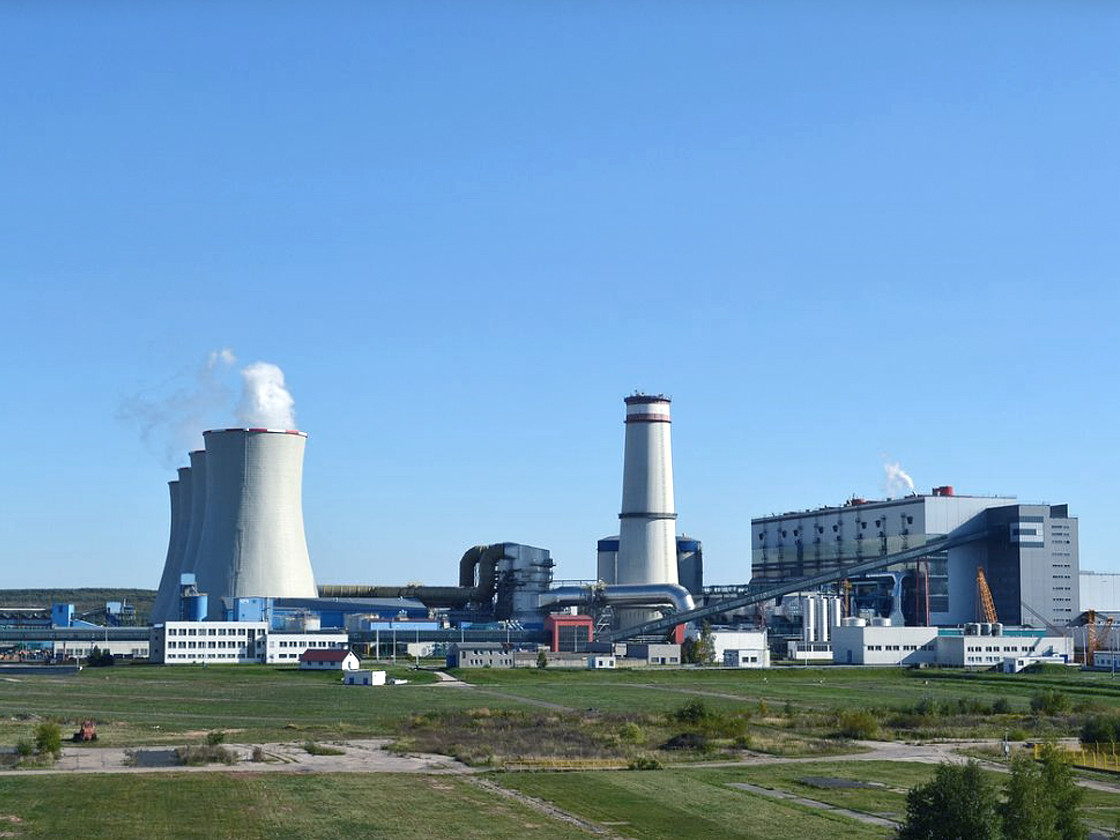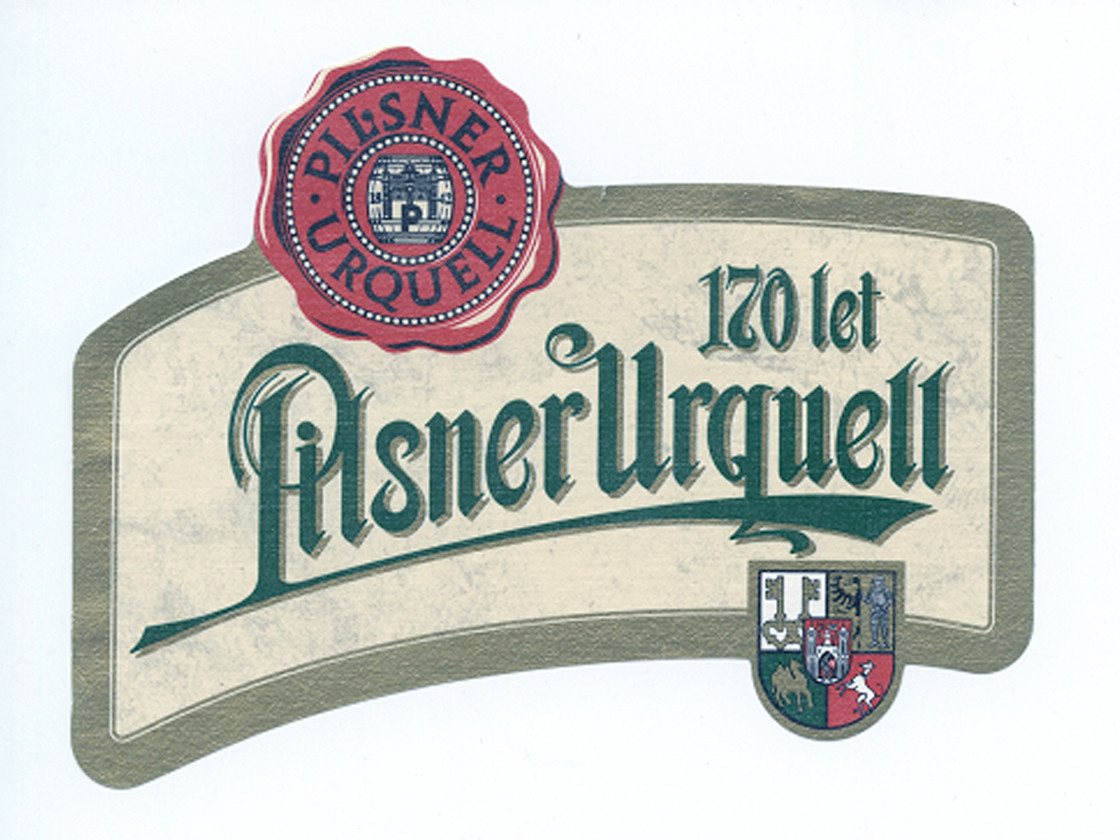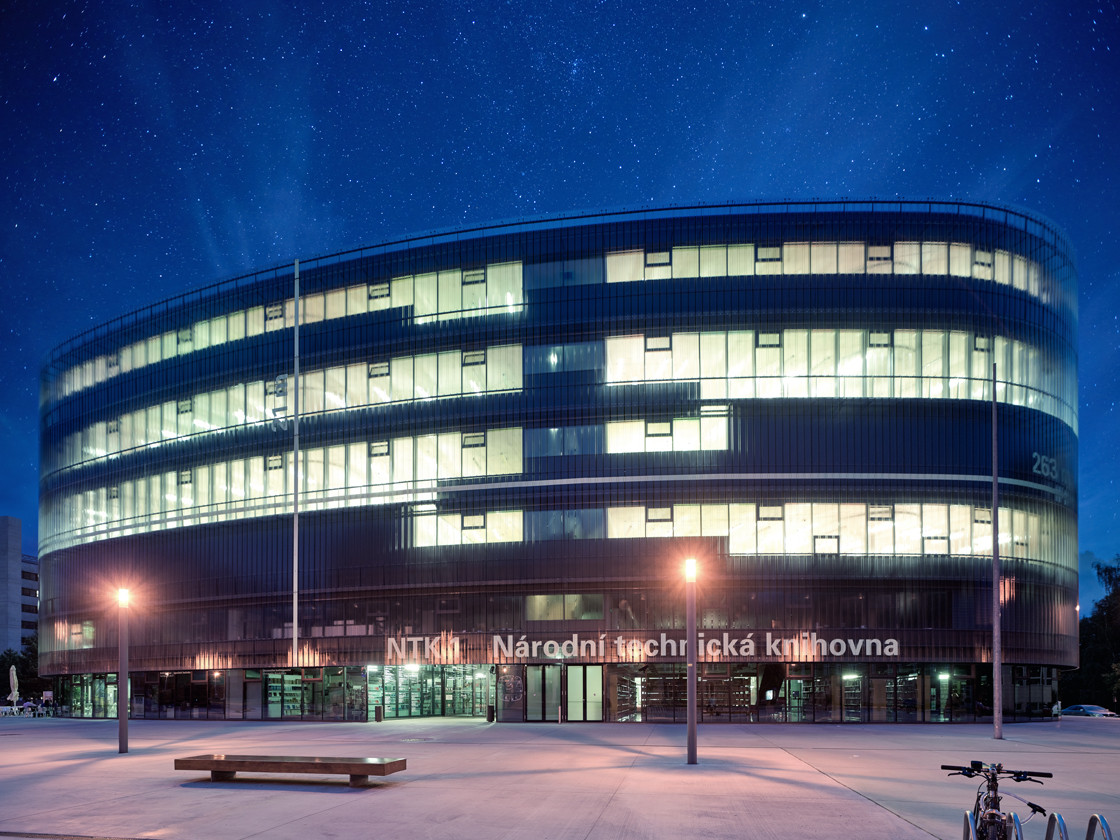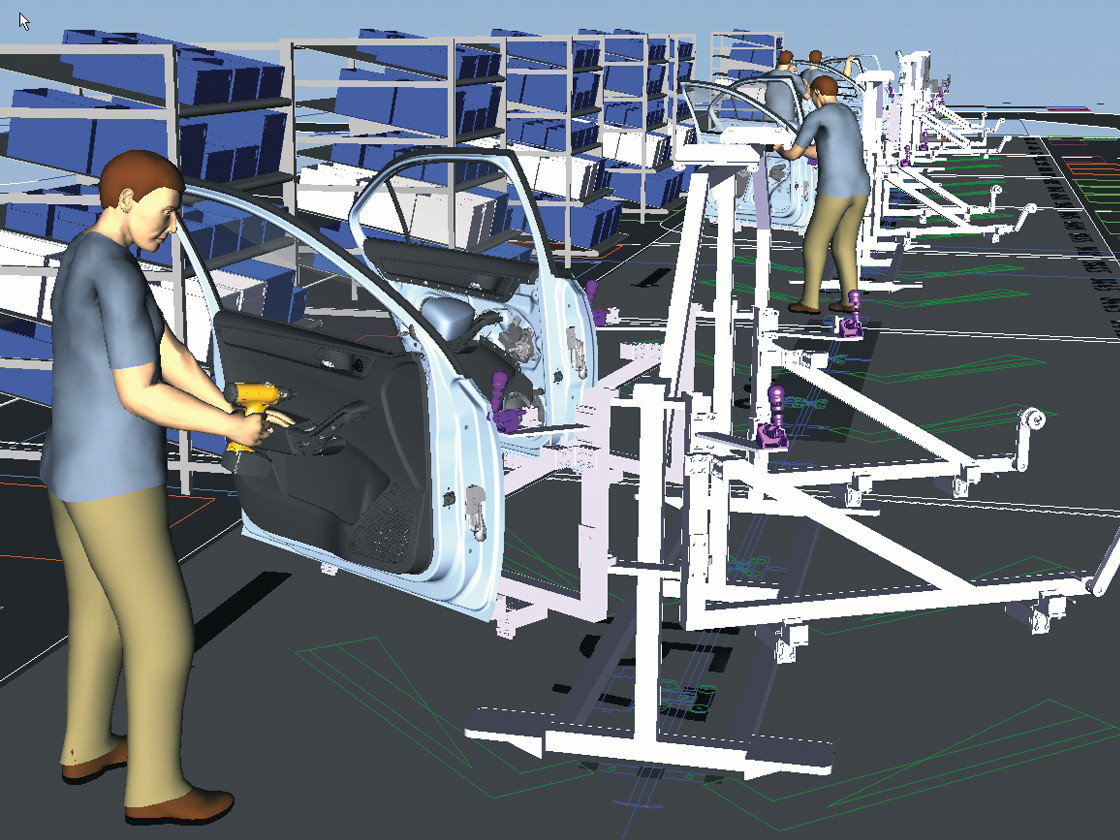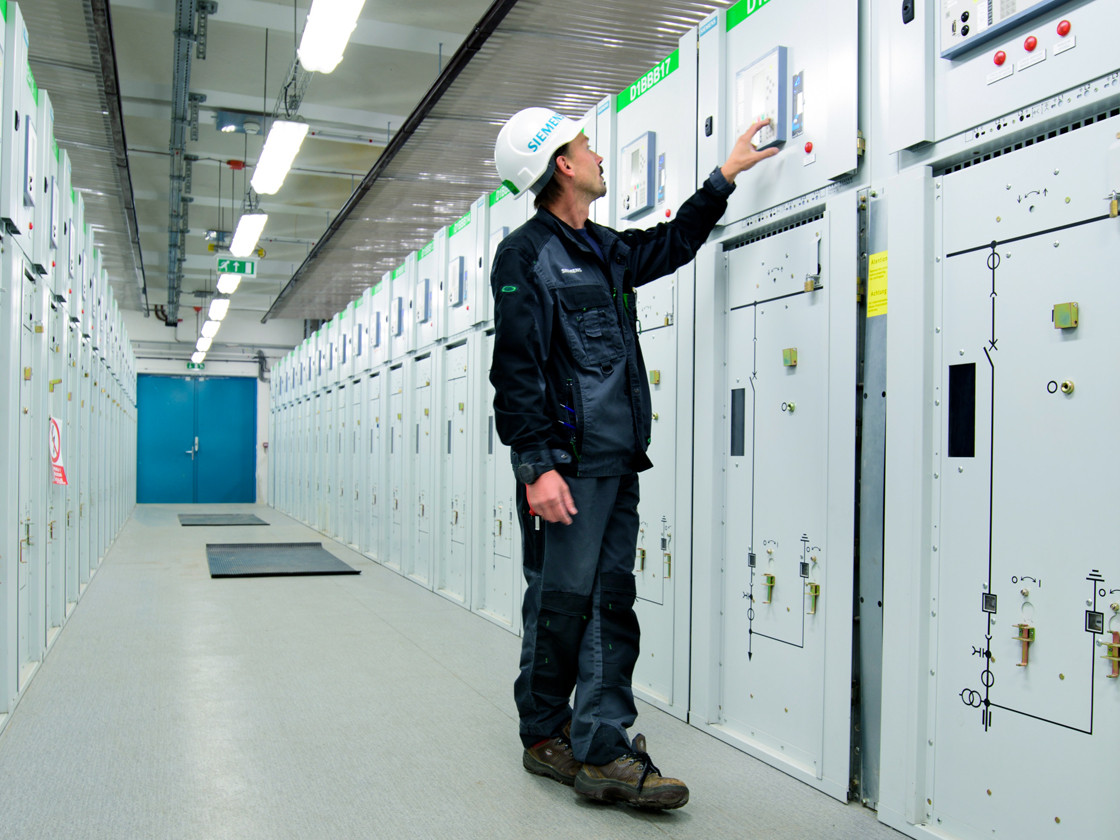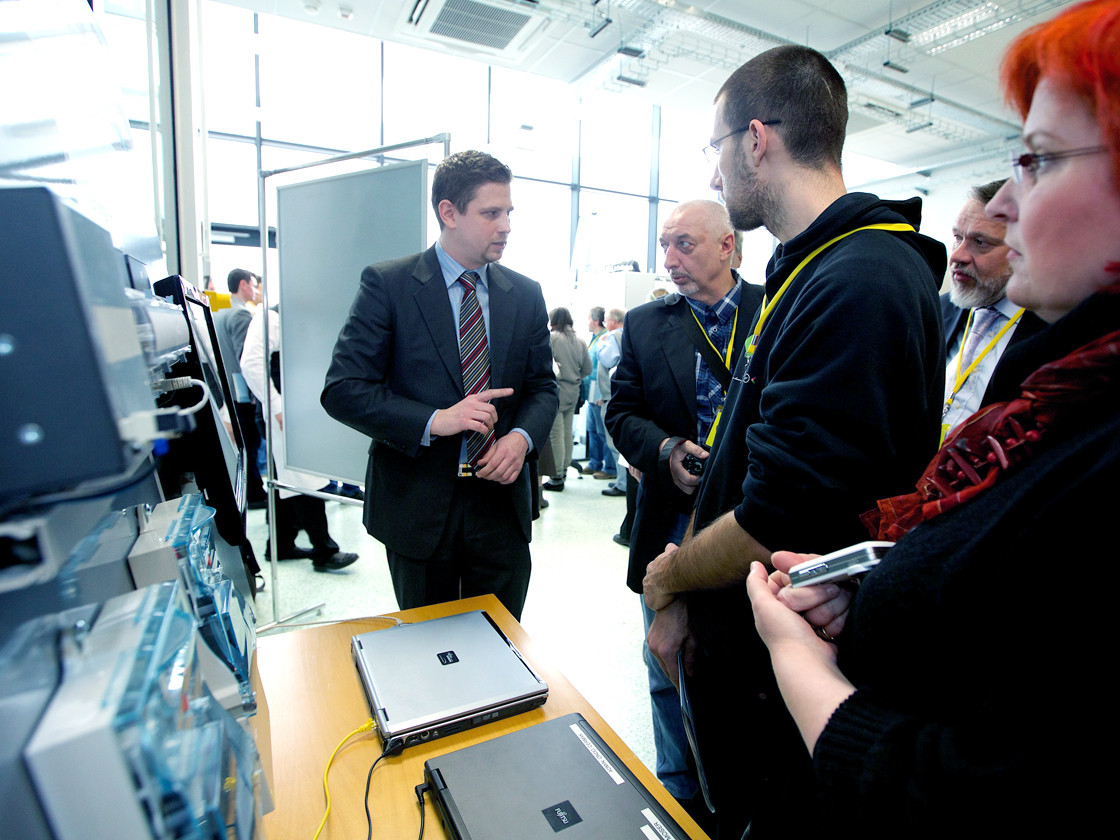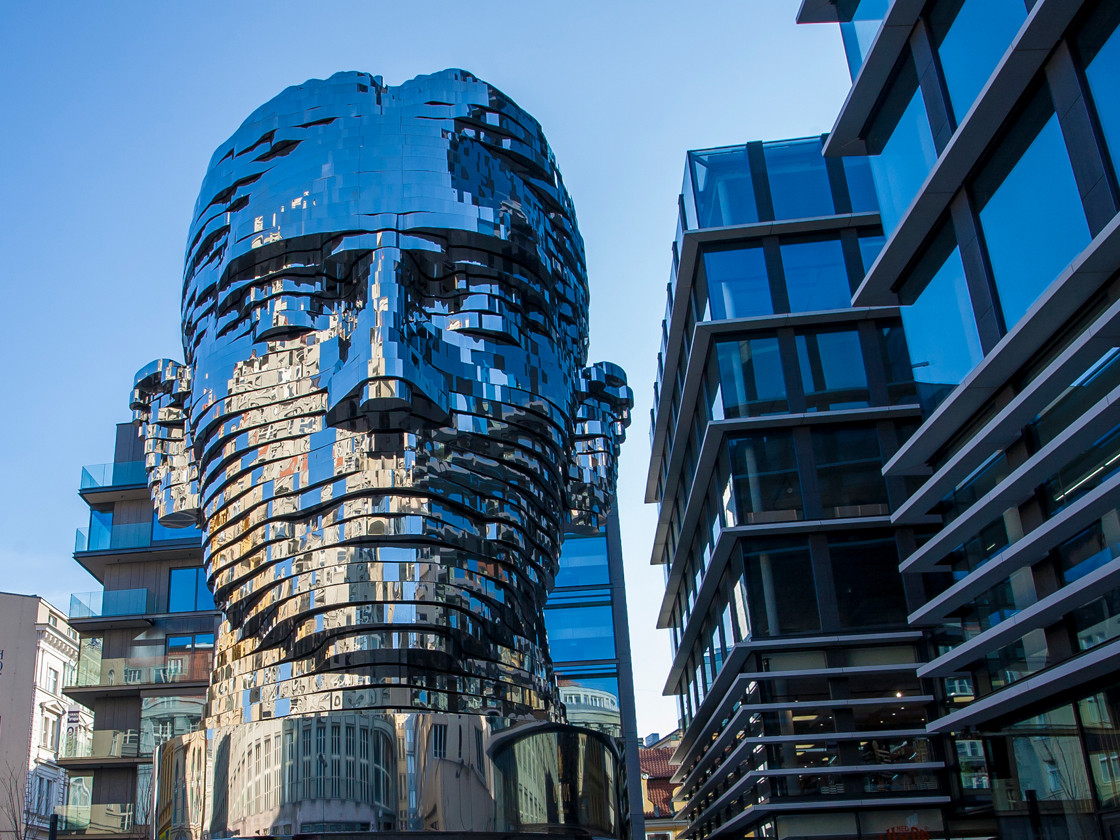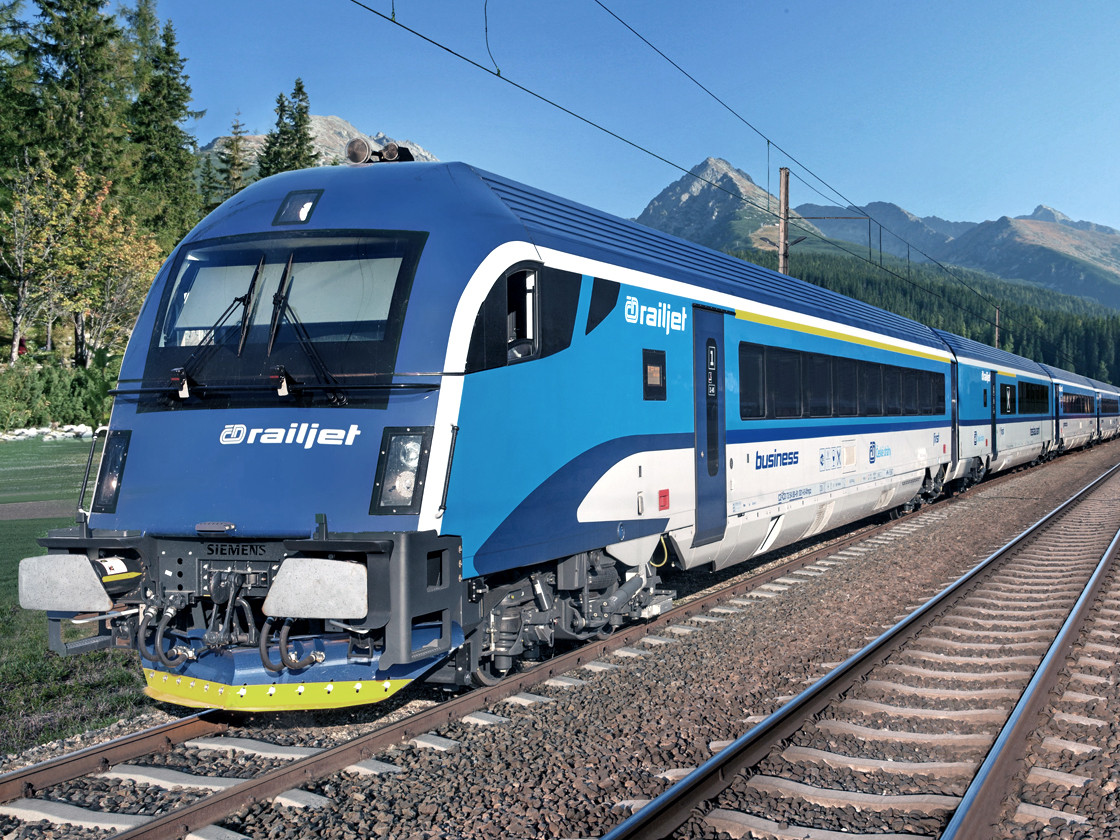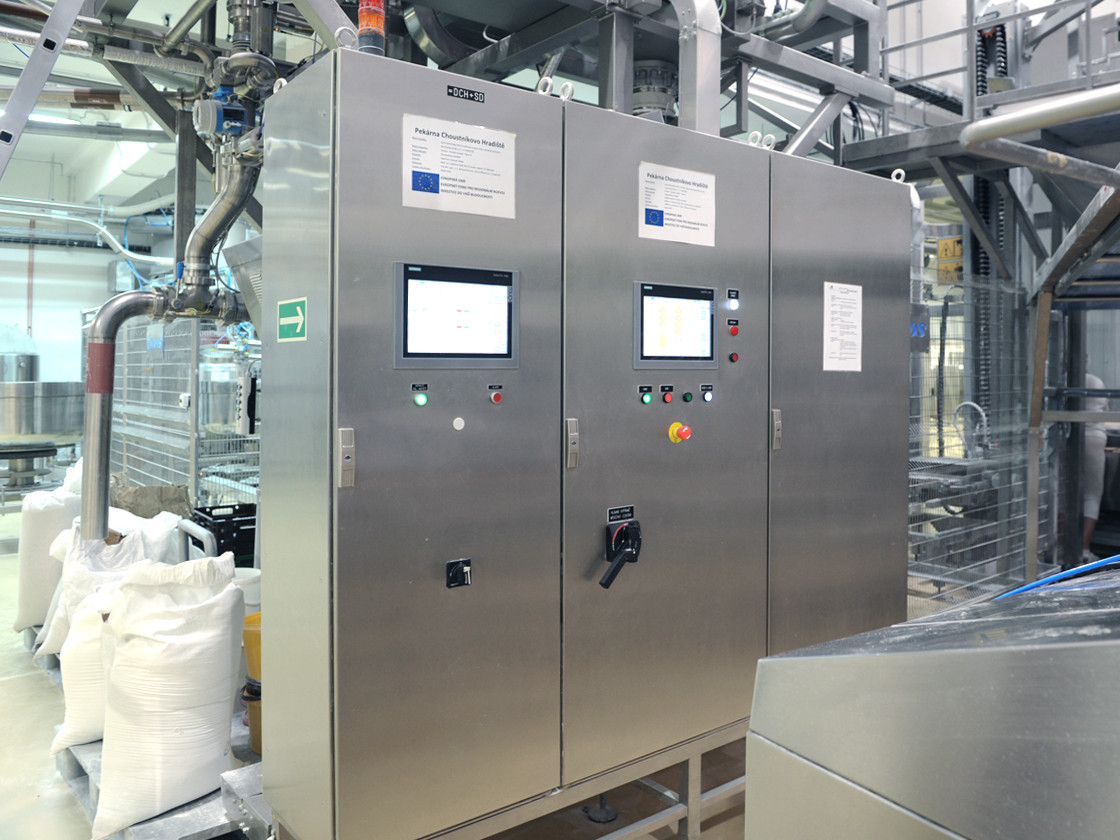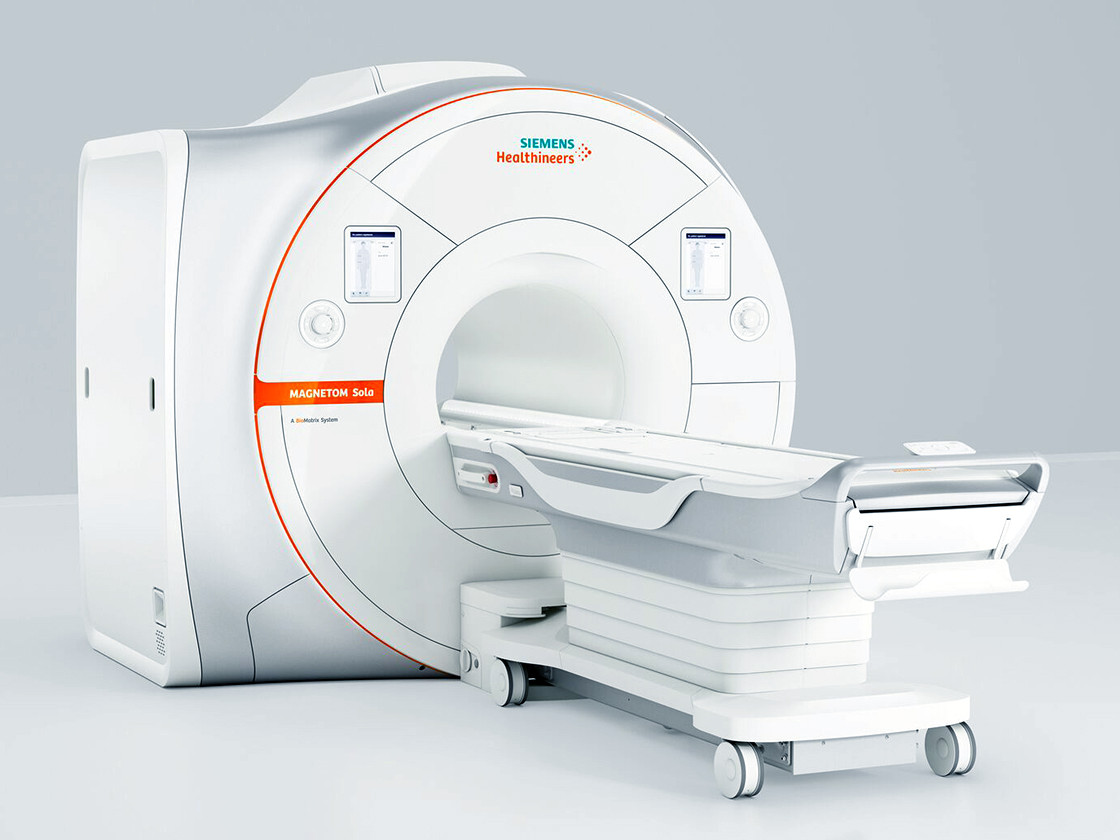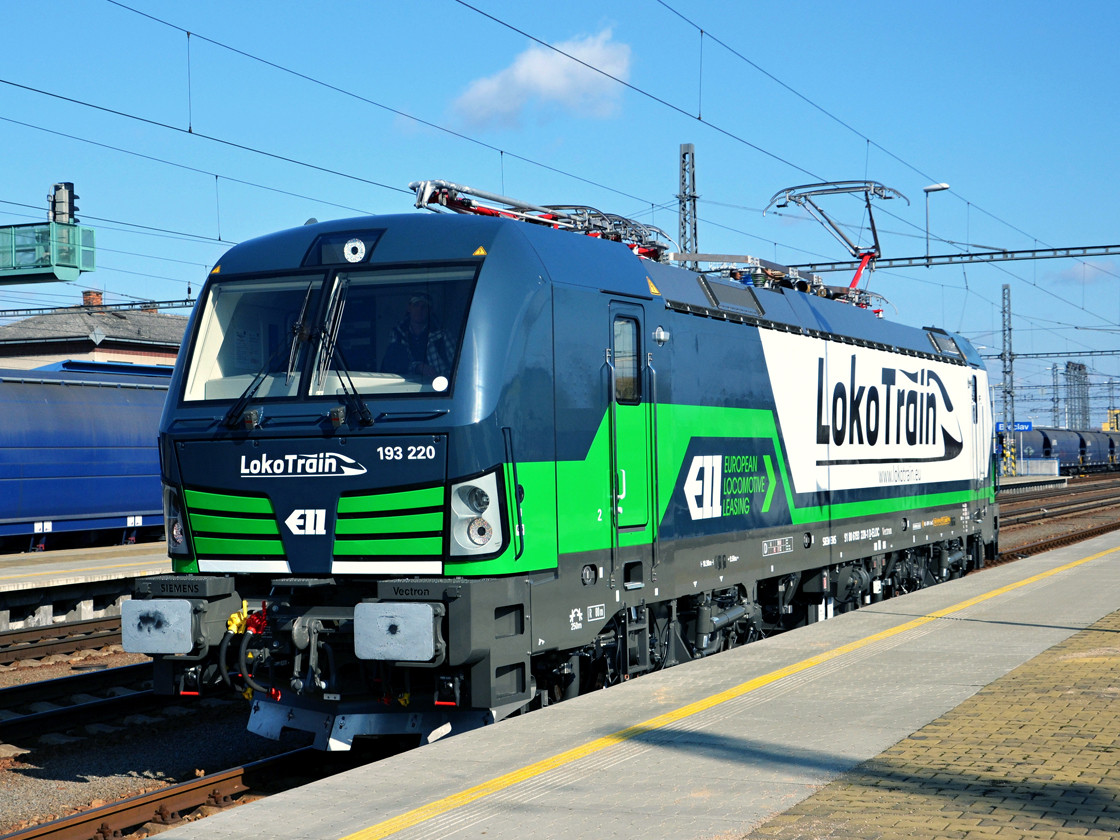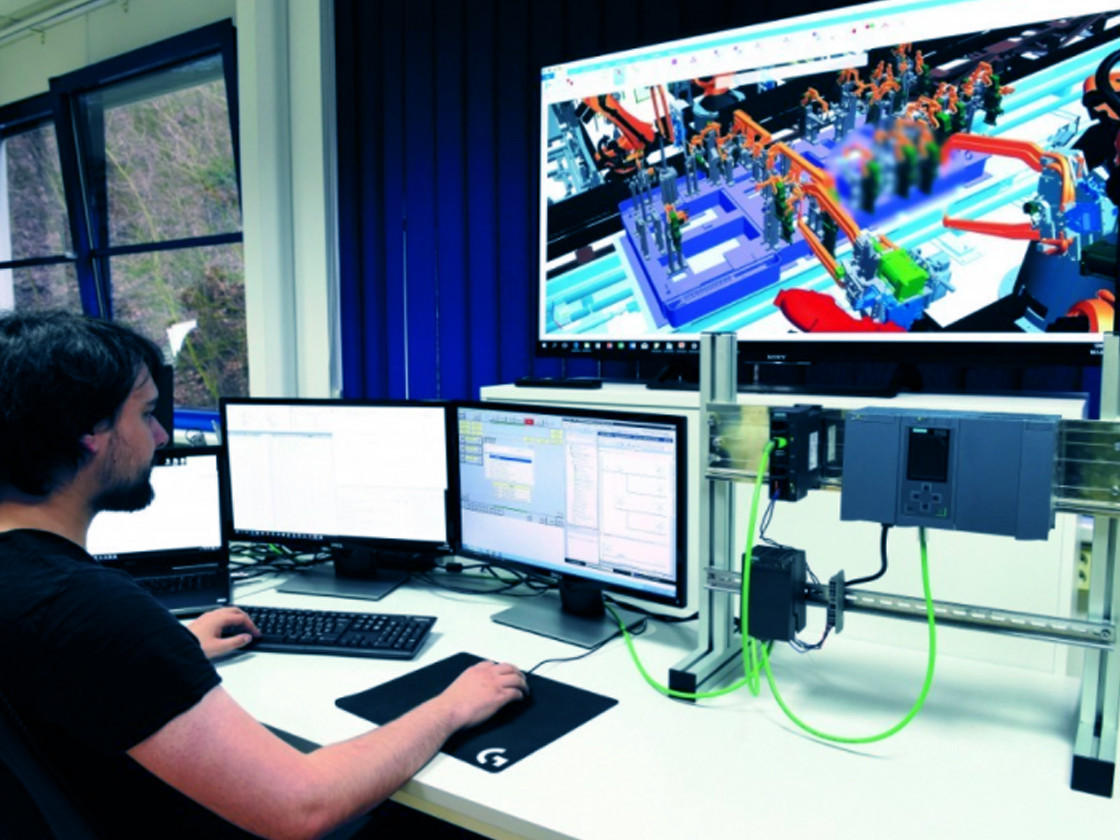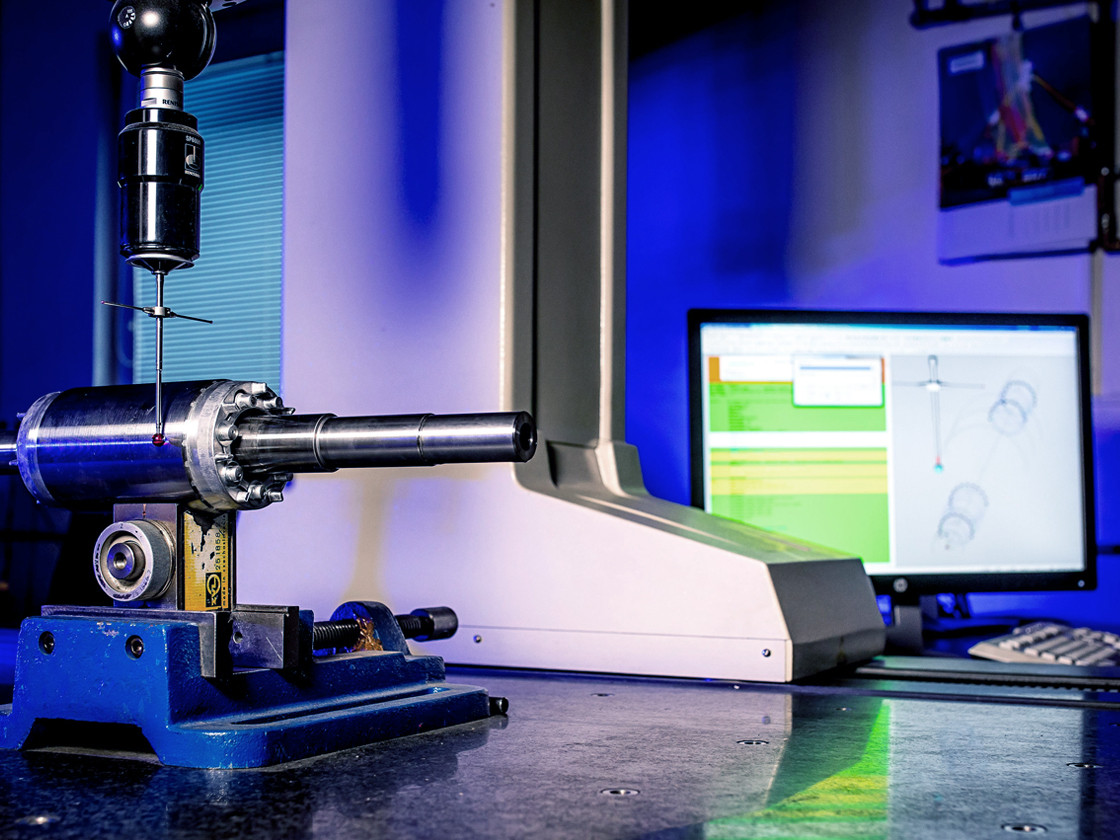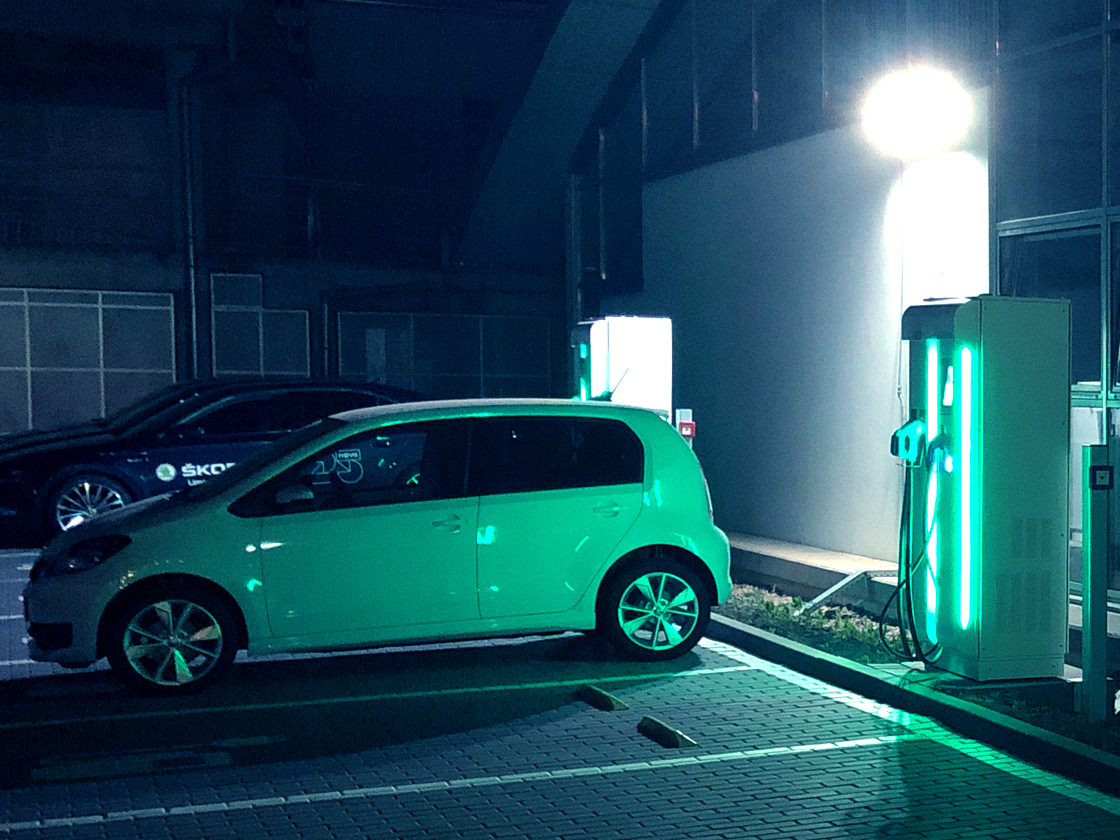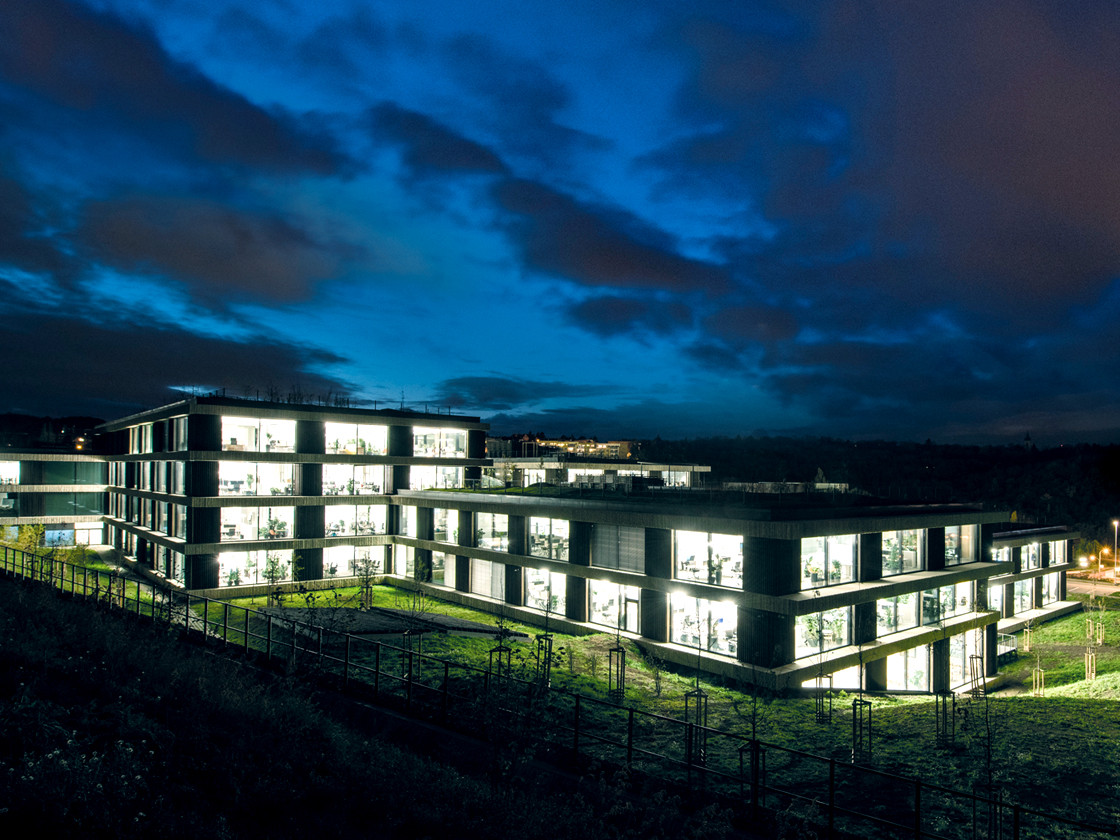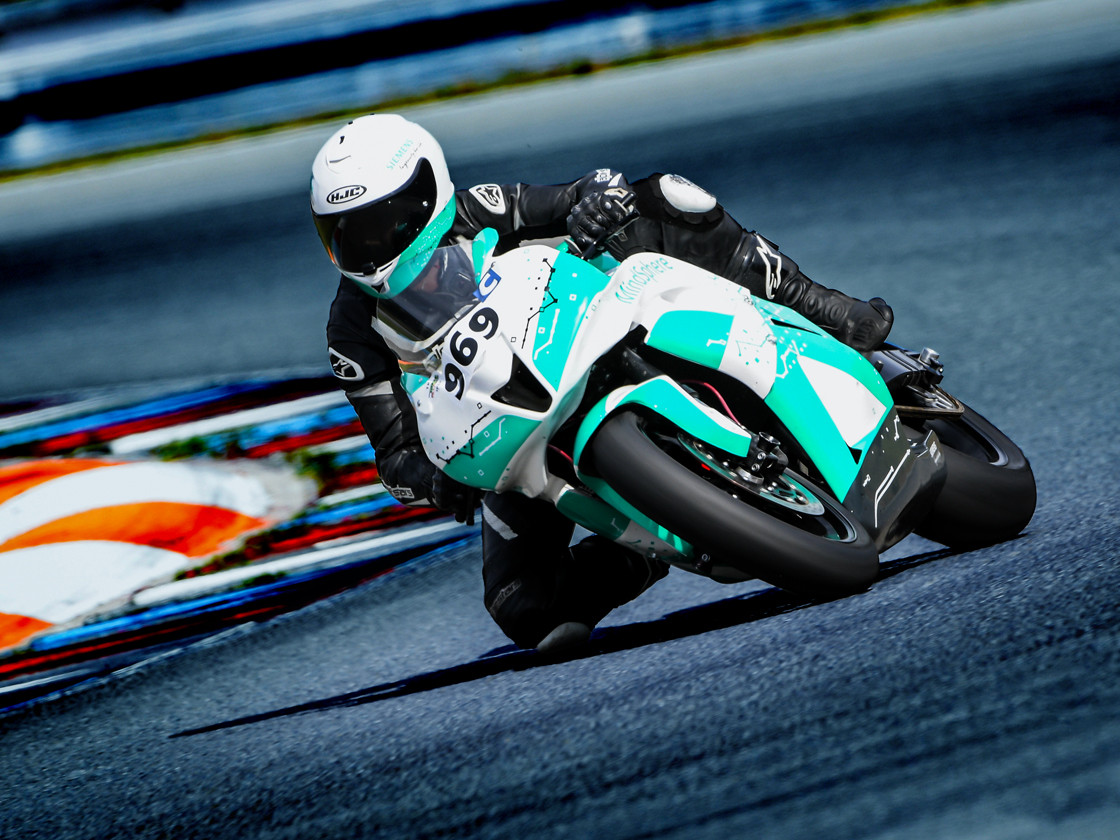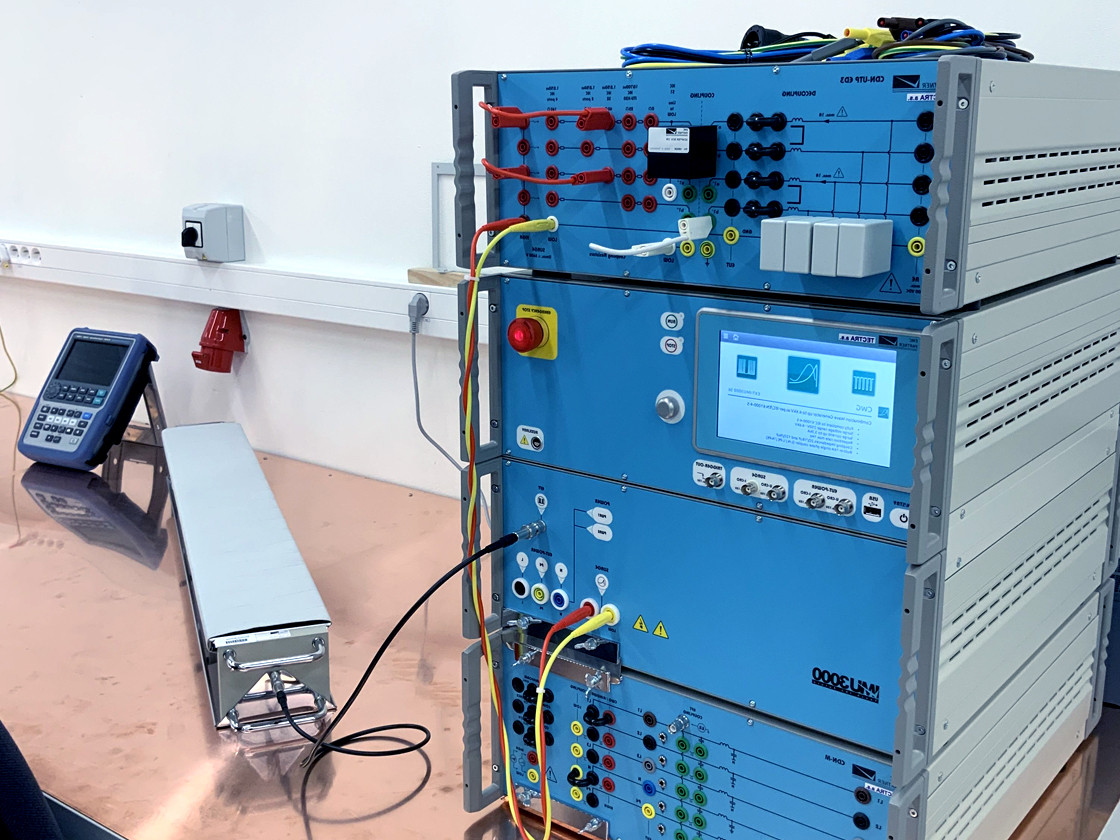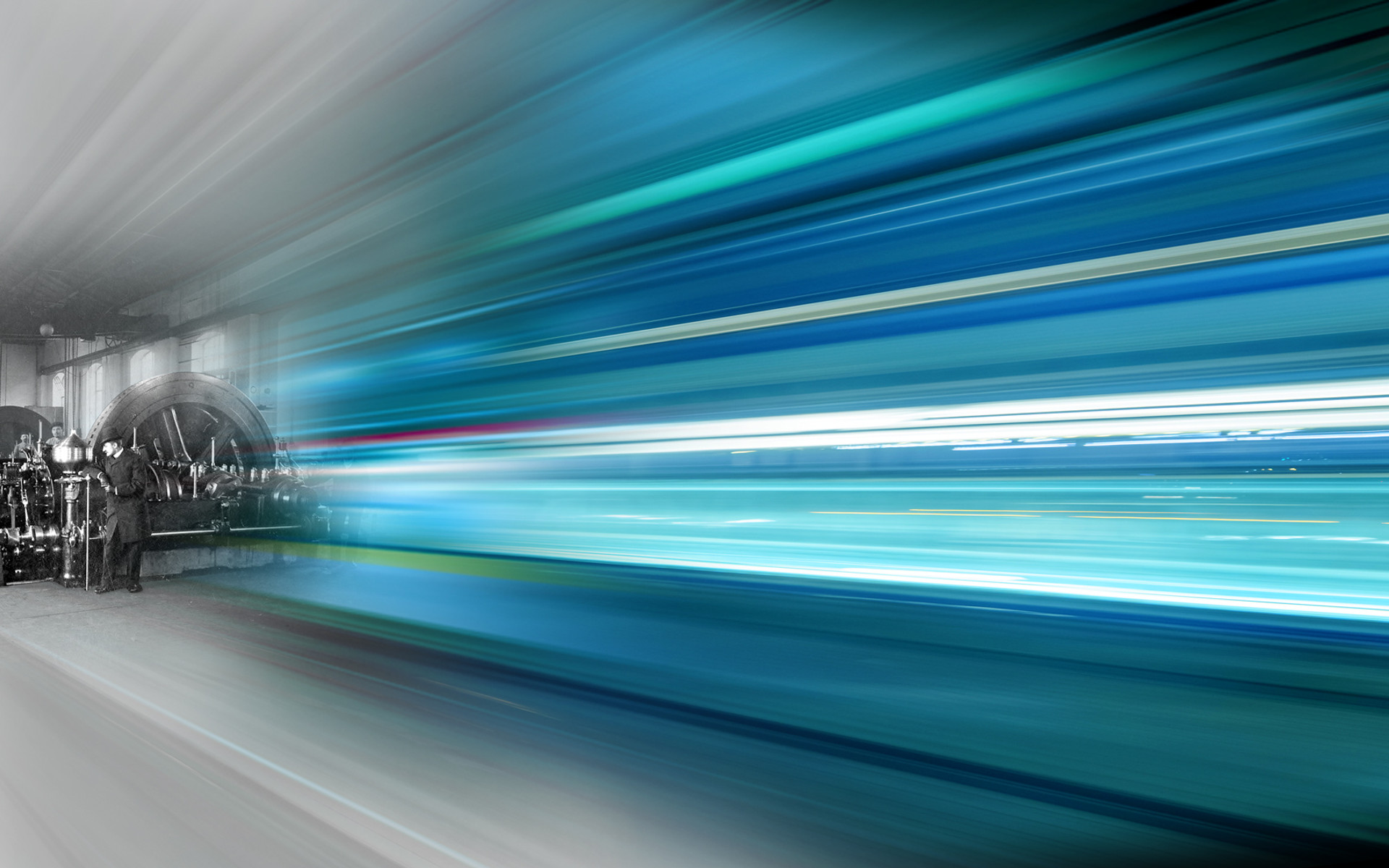
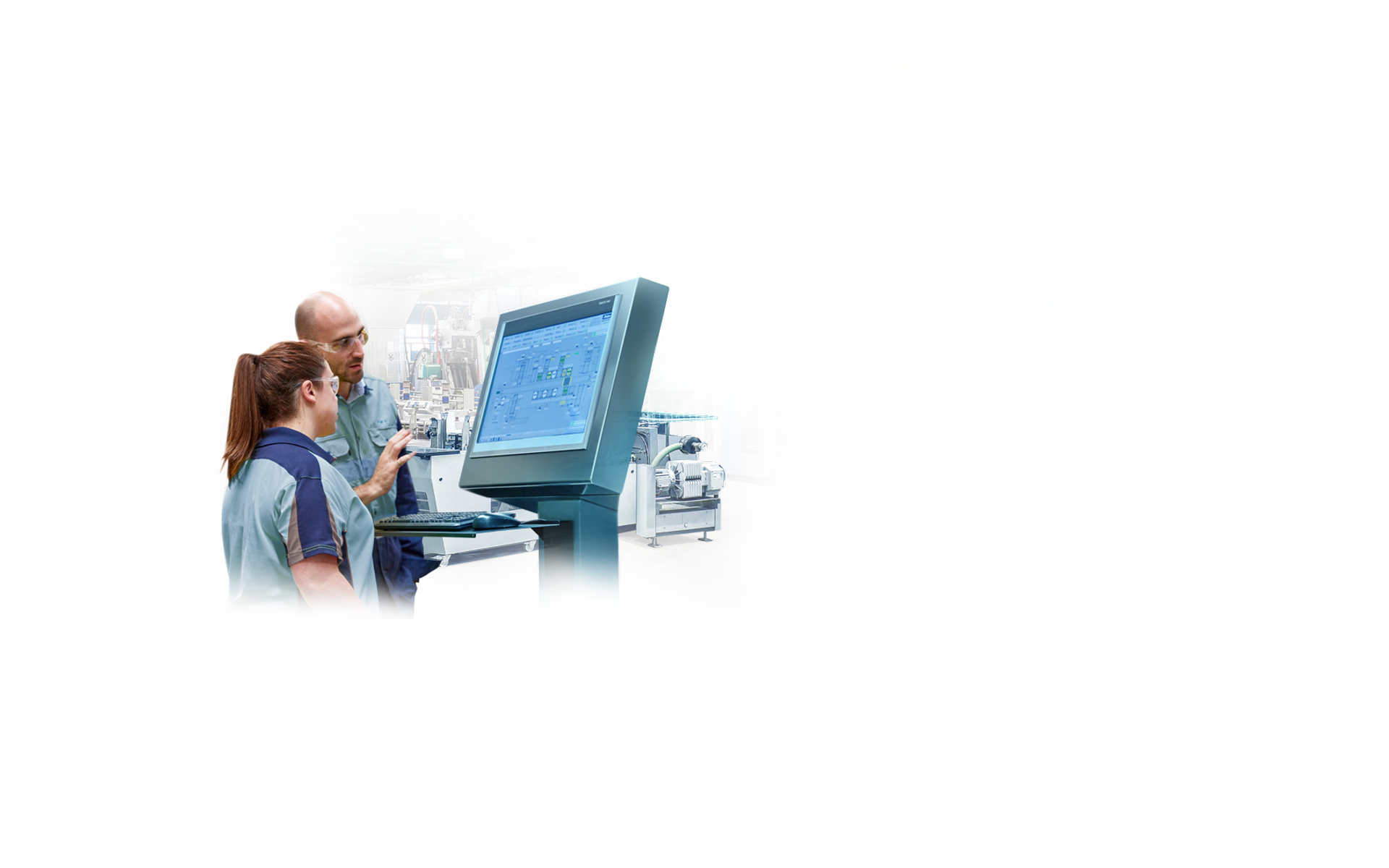

Siemens celebrates 130 years since the opening of a permanent agency in Czechia
Since the inception of its activities, Siemens has been a bearer and guarantee of state-of-the-art technologies innovating our industry, energy, health care, infrastructure and security and improving our everyday life.

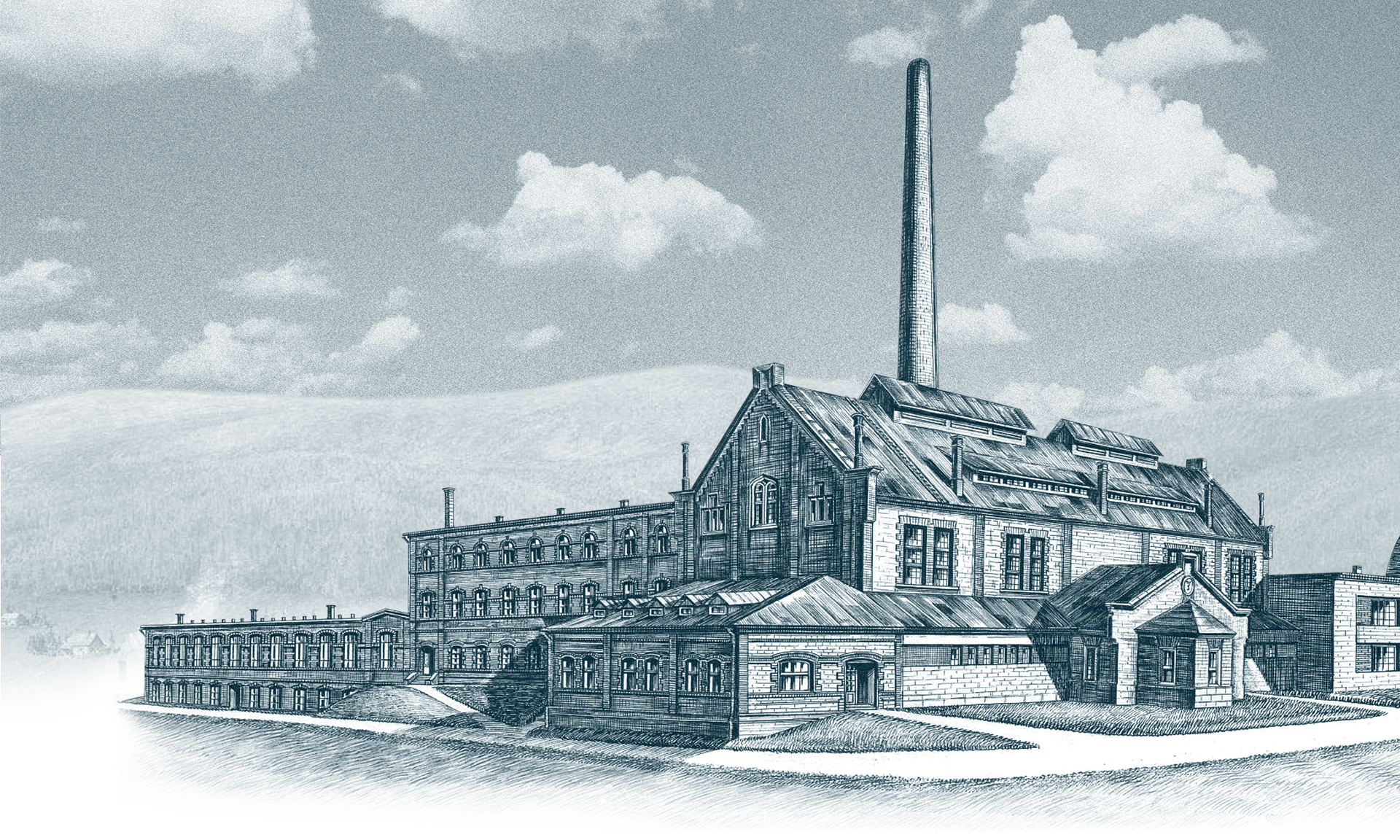

Beginnings of local activities
Siemens had launched its activities in what is now Czechia long before establishing its first branch in 1890. For instance, it installed a gas glass melting furnace in Harrachov as early as in 1869. The glass factory was increasing its production fast in the 1850s, and the existing technologies did not keep up with this growth. That is why it switched from conventional wood heating to coal in 1866. However, this change soon proved to be insufficient. Therefore, the company decided to install a Siemens gas furnace three years later. With this step, it could continue its next economic and artistic development. The glass factory, established as early as in 1712, is today the second oldest working factory in Czechia and a listed site.
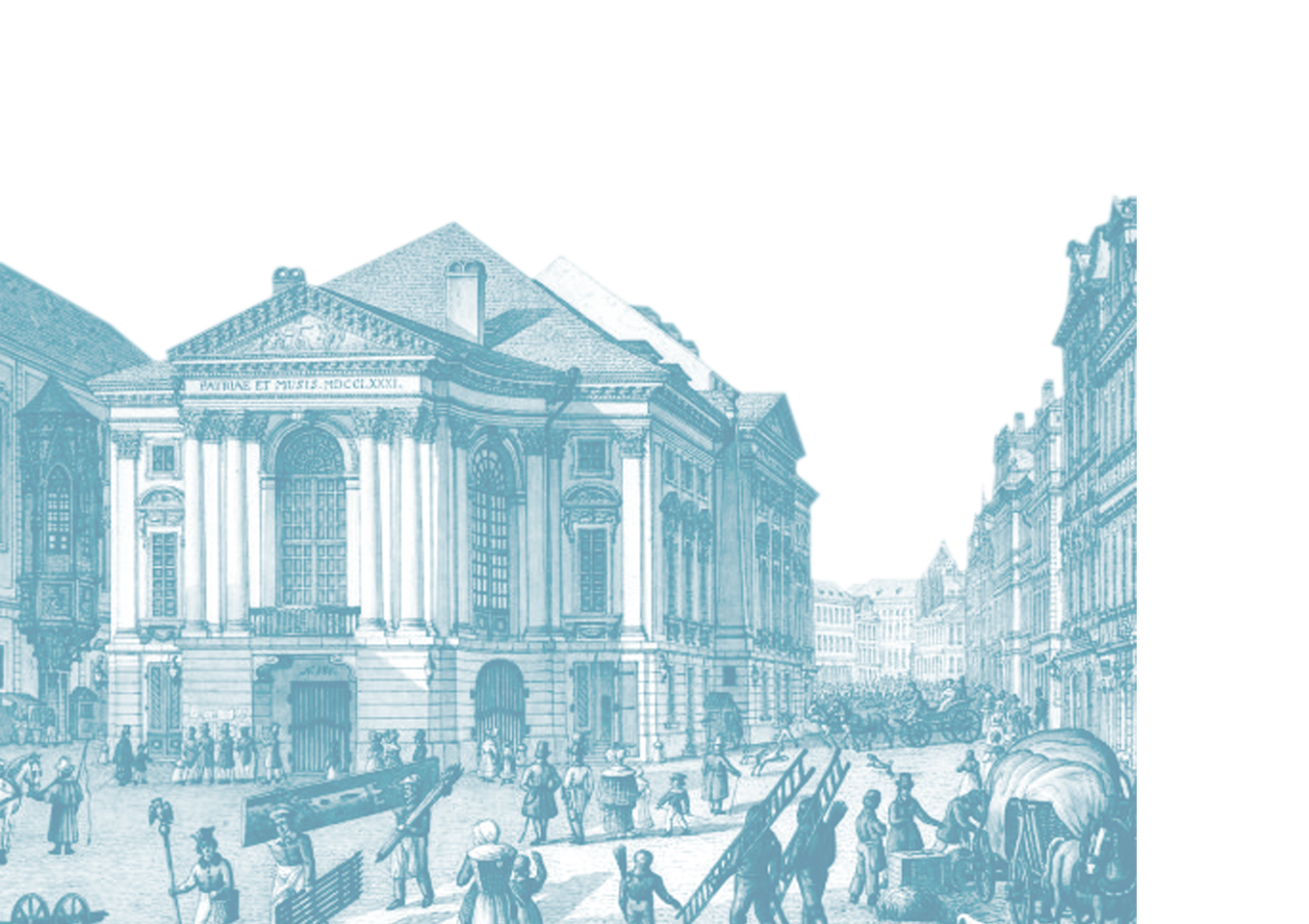
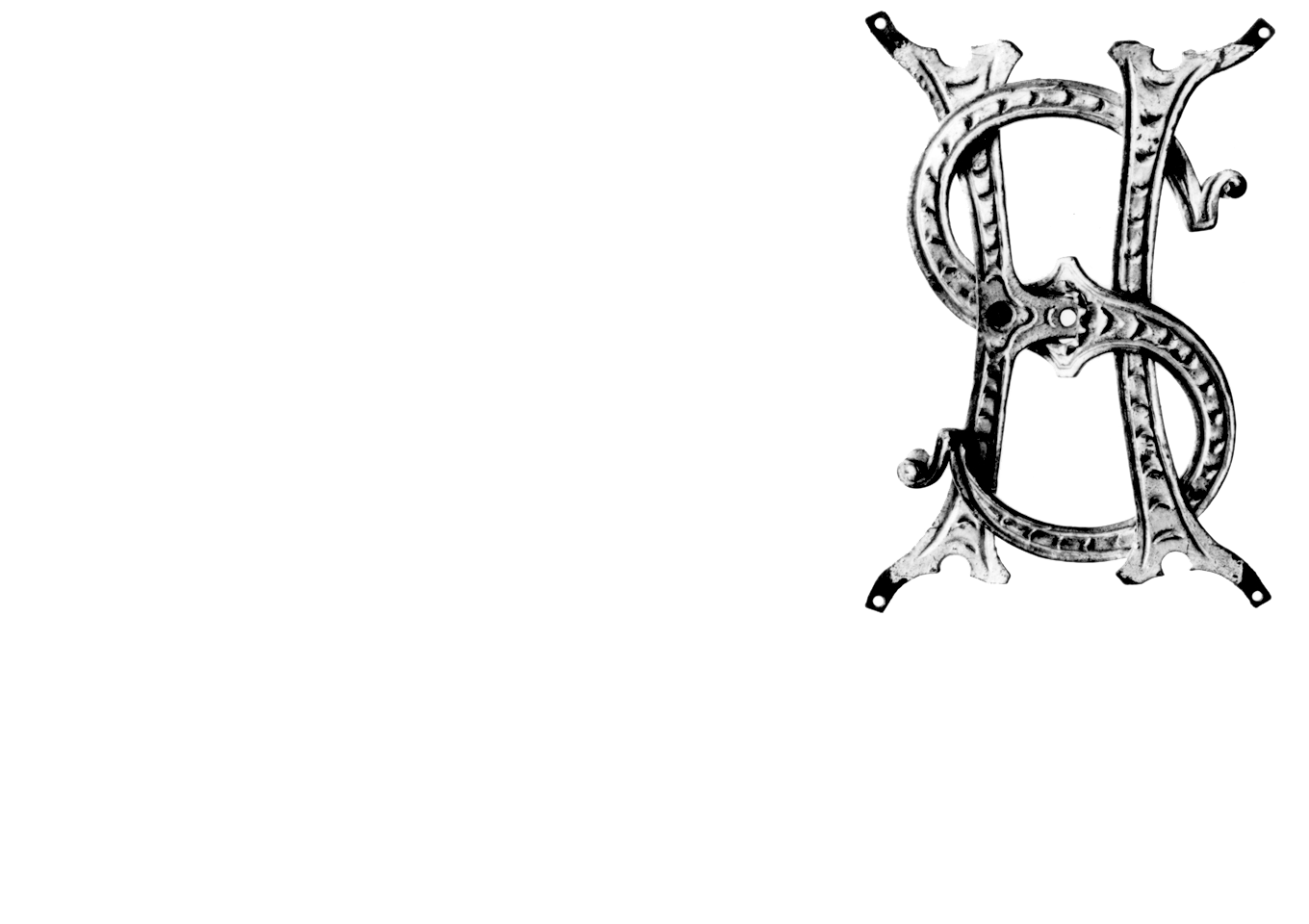
Lights for the Estates Theatre
The installation of electric lights in the Estates Theatre in Prague was a significant technical project with a substantial social reach. The theatre could use two electric arc lamps and 161 bulbs installed by Siemens. One hundred years after the theatre's opening (1783), this modern type of lighting can be regarded as a symbolic expression of another stage of the emancipation of the Czech nation. When national theatres started to be built at the end of the 18th century as an expression of the Enlightenment idea that a theatre accessible for the public is a moral institution demonstrating the cultural level of a nation, the technical aspect became part of this demonstration 100 years later.
These orders were among the first that Siemens obtained in our country. The electrification of theatre lights and lights in other buildings also accelerated after the fire of the National Theatre in 1881. For instance, another essential Siemens reference of that time was the installation of lighting in Ruston's engineering plant in Prague-Libeň (1881).
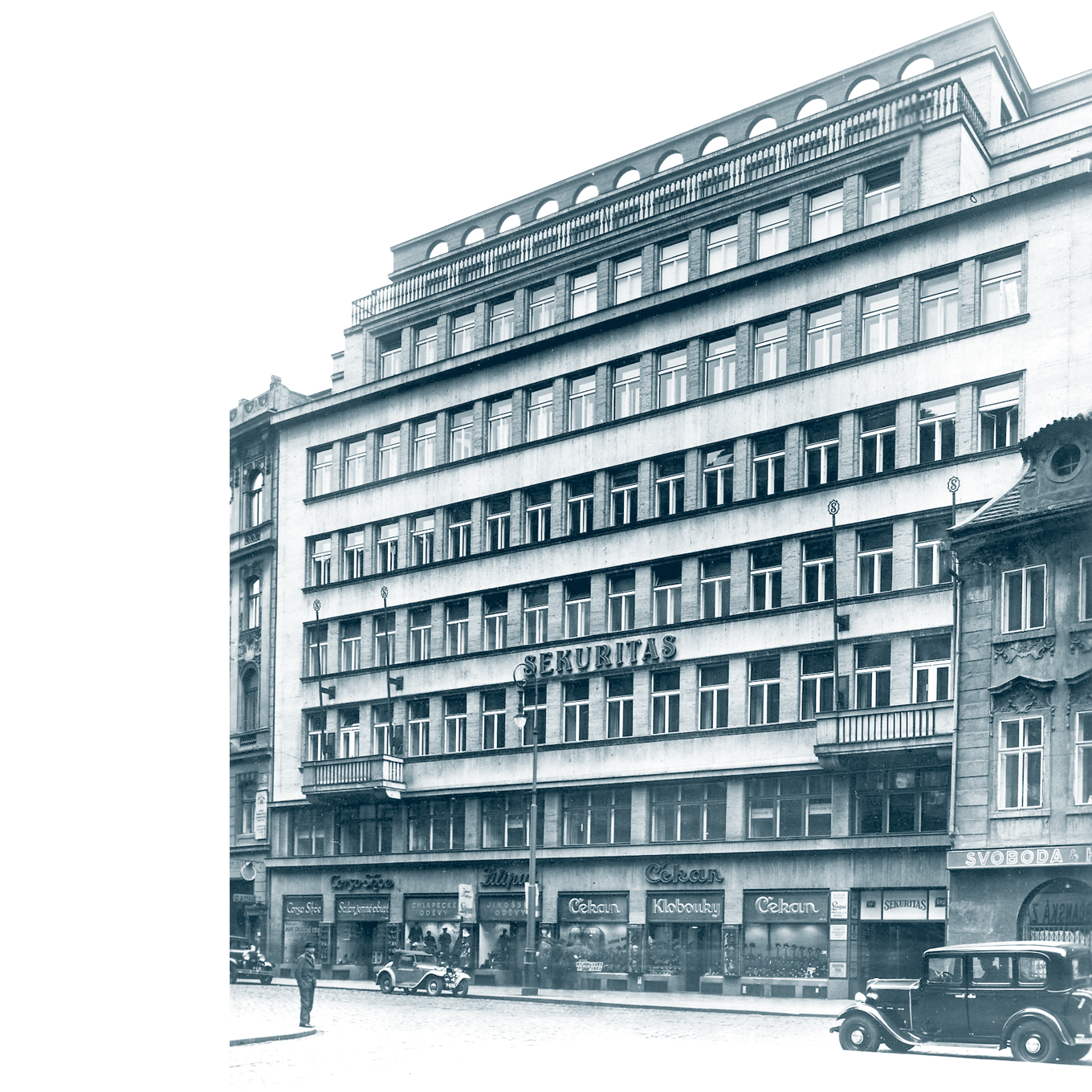
Permanent Siemens agency
Siemens opened its permanent agency in what is now Czechia - specifically in Prague and Brno - in 1890. It was when the country, or the area of the then Cisleithania, had started recovering from the economic recession lasting since 1873 (the Great Depression). The boom of electricity characterised the revival in the industry at that time. It was the period when famous Czech companies active in electrical engineering were founded: František Křižík started his business in the 1880s; Emil Kolben founded his firm in 1896. Siemens was significantly involved in this economic recovery. It had electrified many Czech towns before the end of WWI, installed electric lights in many private and public sites, and was also involved in the construction of tramway lines.



A castle power station was set up for the needs of the Konopiště Castle lighting in the years 1989-1899. The technological equipment was delivered by Siemens and A.E.G. Vienna.

1895 – The "Glückauf" locomotive with a pulley sensor for Hernadthaler ungarische Eisenindustrie AG in Krompach, Bohemia
Electrification
In the 1890s, Siemens installed lights in many industrial plants and towns in north-eastern, northern and north-western Bohemia. It was also involved in the construction of power plants. Schuckert (a part of Siemens since 1903) built a municipal power plant in Brno between 1897 and 1898. First, the interest in the grid connection was relatively low, but it soon surpassed all expectations. Therefore, the power plant needed to be expanded. With the original output of 600 kW, the plant generated modern alternating current. But several dynamos also started generating direct current in 1900 for a new municipal electric line.
At the turn of the 19th and 20th century, Siemens was significantly involved in the overall electrification of Bohemia, construction of municipal electric lines (Prague and Brno, Teplice /1895/, Olomouc /1899/, Moravská Ostrava /1901/) and modernisation of mining equipment in the Ostrava area.
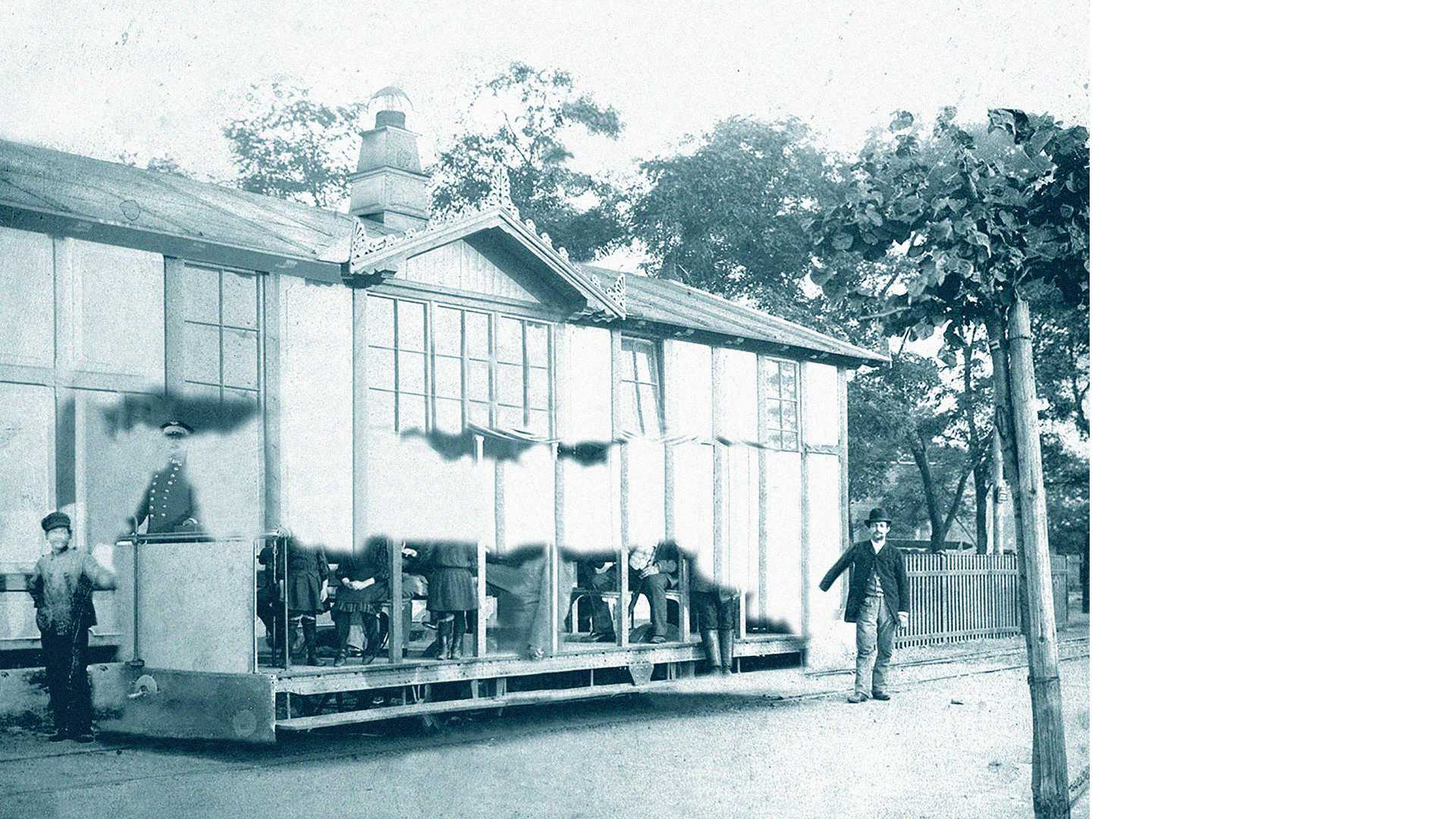


Beginnings of tramway lines
Electrified tramway operations were launched in Prague in 1891 on the Letná–Stromovka line on the eve of the Provincial Jubilee Exhibition. It was not only the first electrified line in Prague but also the first electric line in Bohemia. It was also the first electrified line with a pulley collector in Austria-Hungary. The line between Letná and Stromovka was operated by an older open tram manufactured in 1882 by Nurnberg-based Schuckert which became a part of Siemens in 1903. The car was purchased and the line was operated by the famous Czech inventor and entrepreneur, František Křižík. He was inspired by a simple Siemens electric line that could be seen at the industrial exhibition in Nurnberg in 1879. The Letná–Stromovka line terminated its operation in 1900.
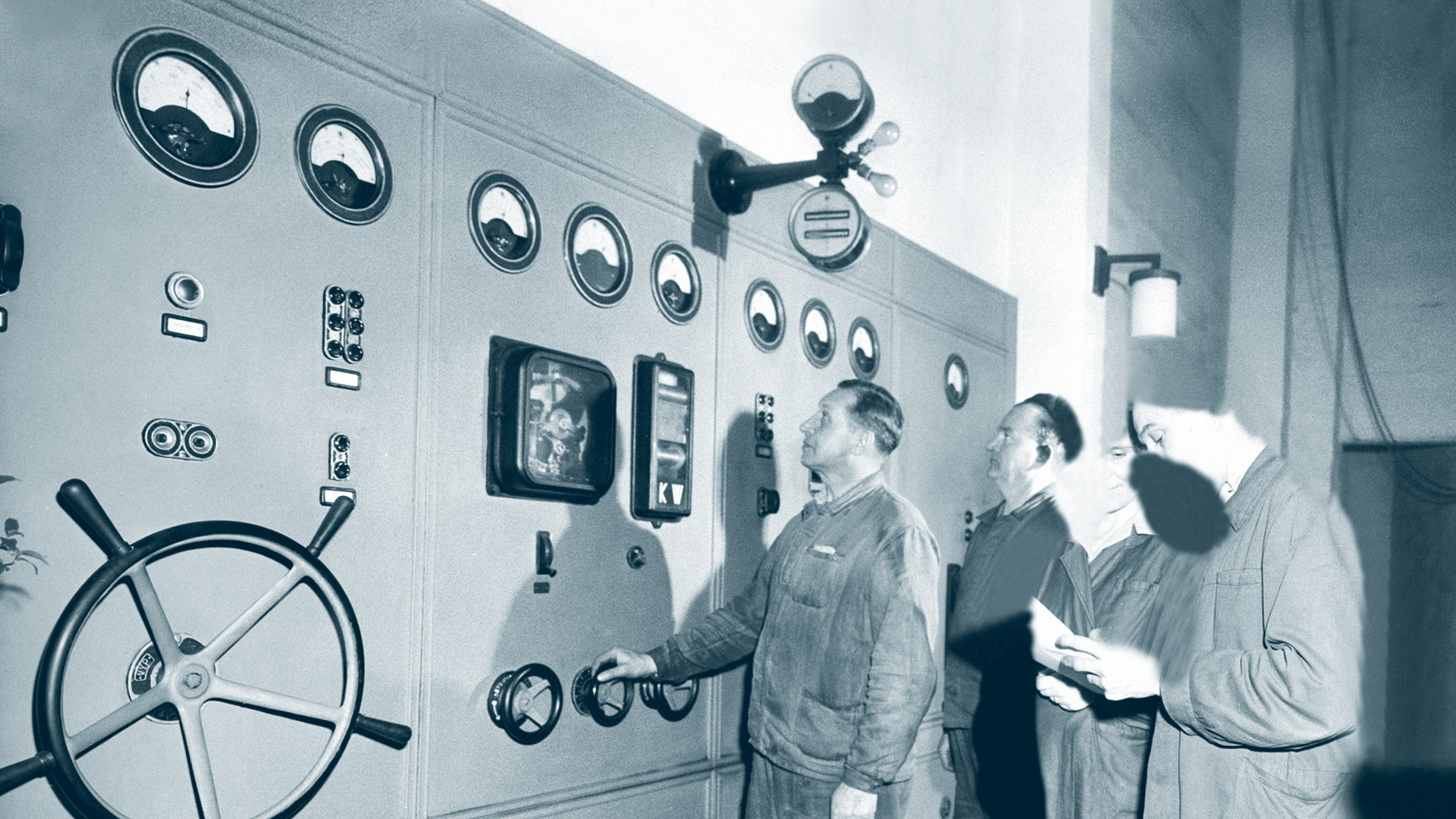


The era of municipal power plants
Construction of municipal power plants in Brno, Frýdlant, Doksy, and Rumburk.
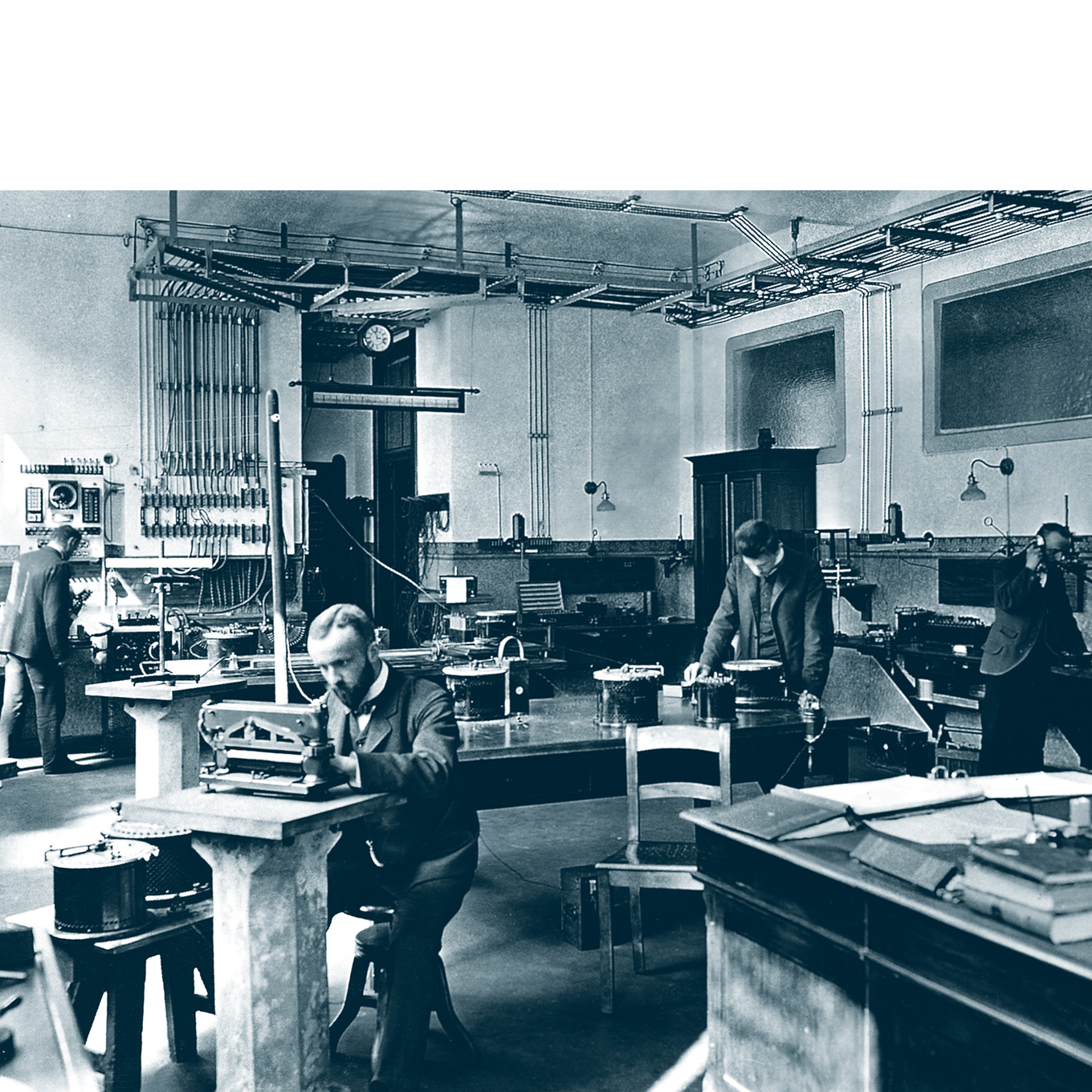
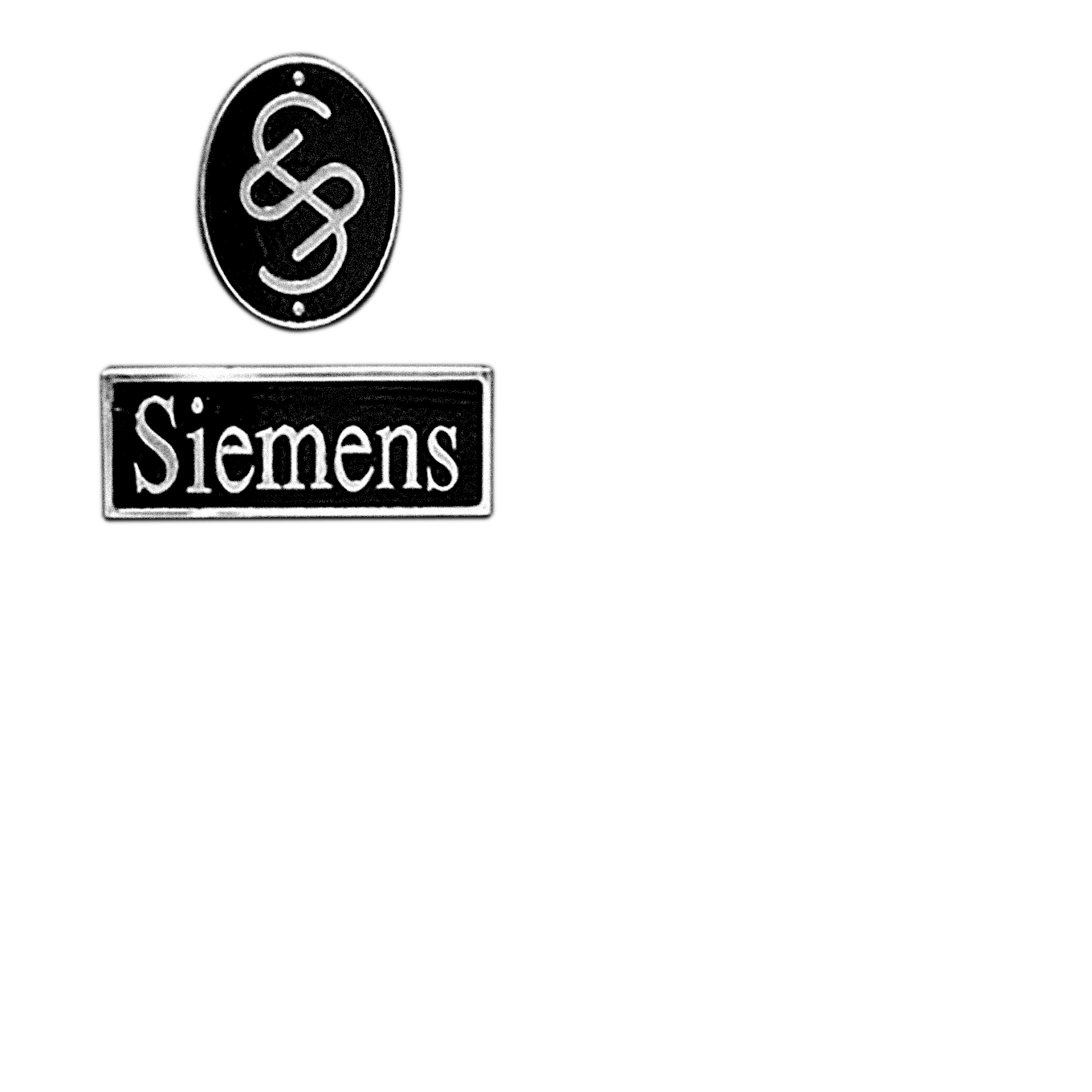
Building the telegraph network
After the foundation of Czechoslovakia, Siemens joined the local efforts to build a modern European telegraph network. A modern telephone operation site for the international telephone and telegraph exchange was built in Prague-Žižkov in the coming years. The solution attracted the attention of Zlín-based Baťa, which stood for the prosperousness and progressivity of the Czech business before WWII. In 1934, Baťa commissioned Siemens to build its corporate telephone exchange. It worked for an incredible 57 years.
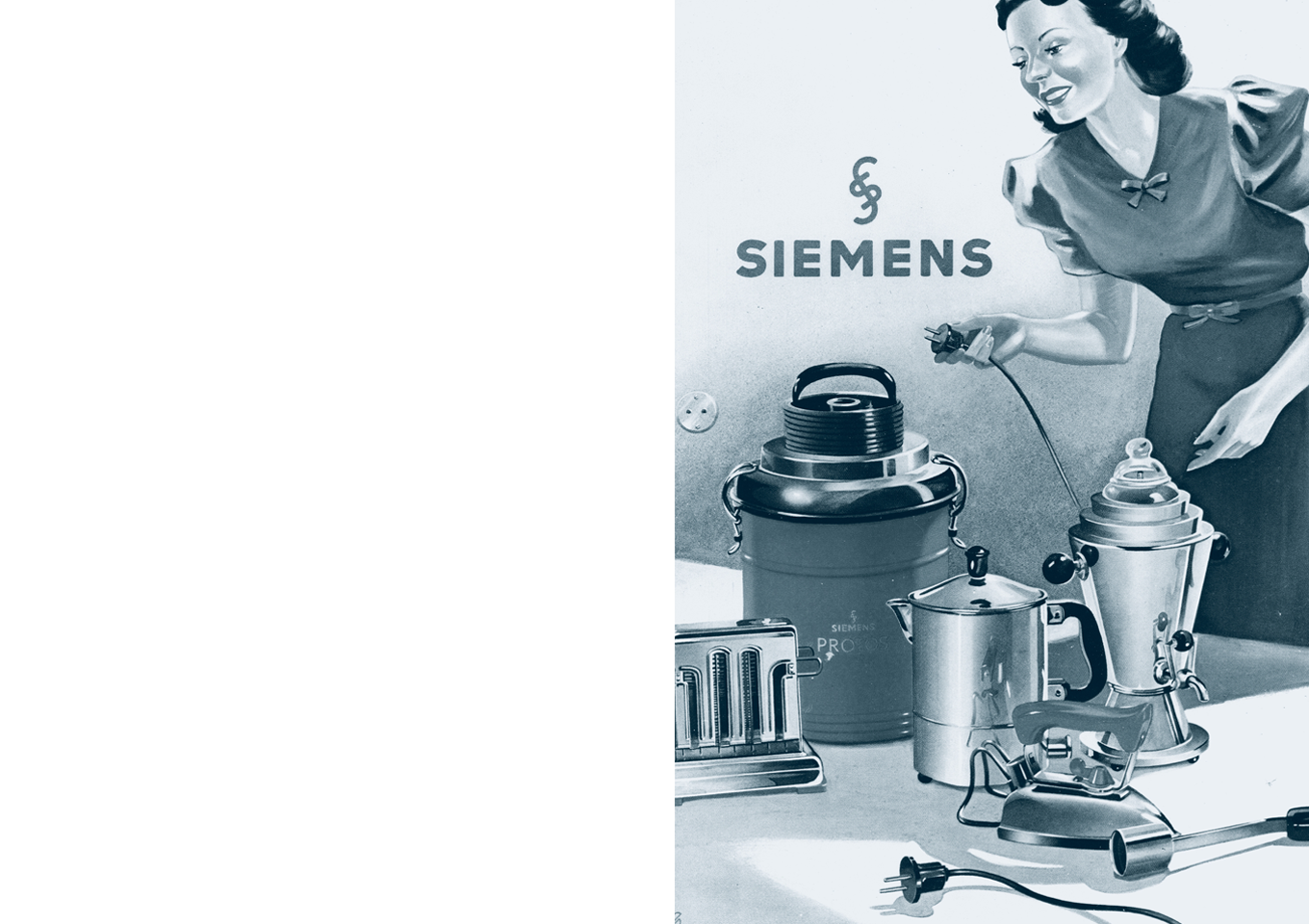
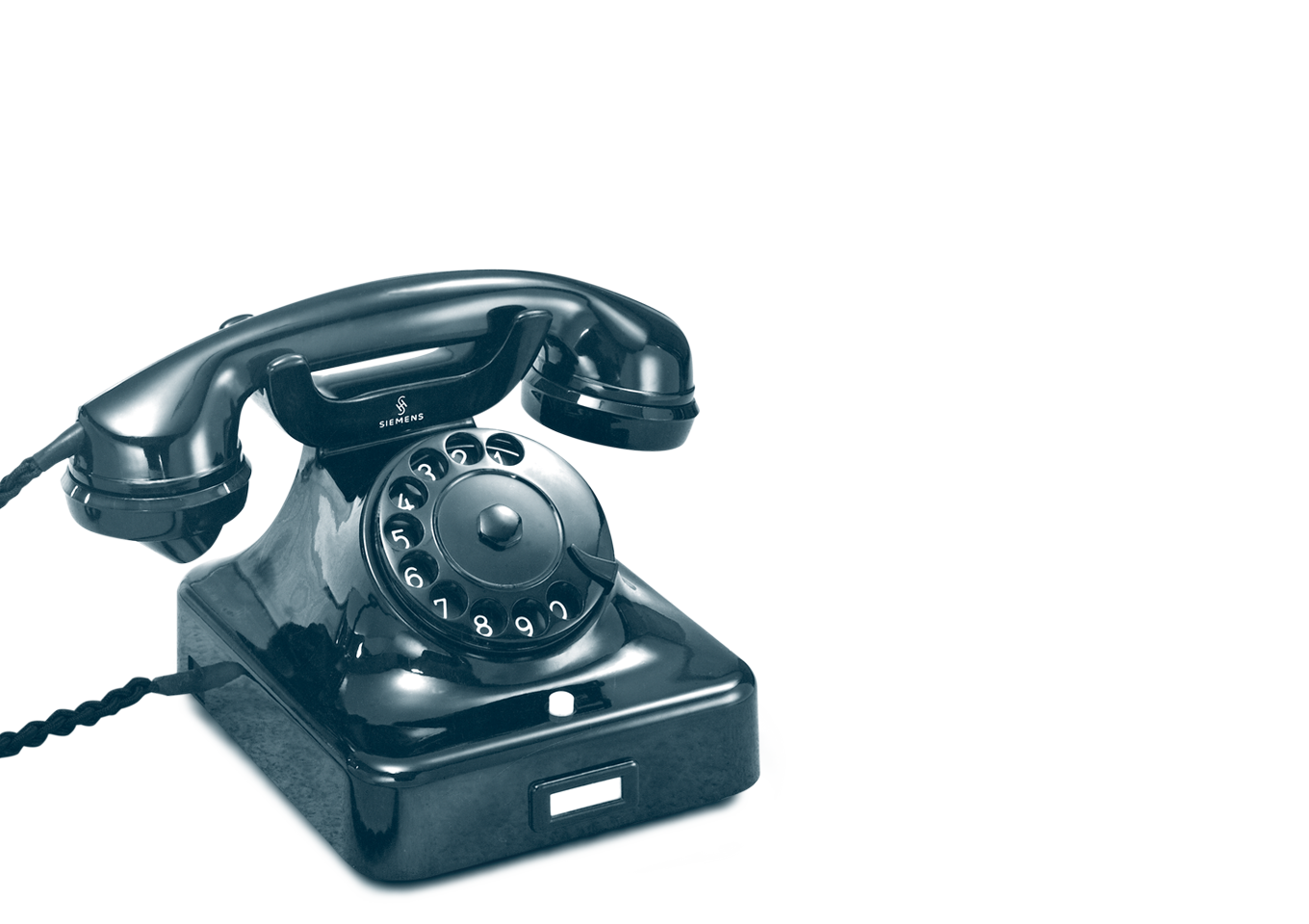
Beginnings of electrical appliances
The mass spread of home appliances was one of the characteristic features of the modernisation process of the 1920s which followed up on the systematic electrification of the then Czechoslovakia. Companies like Siemens, AEG and Electrolux soon sensed the tremendous economic potential of this segment. Siemens home appliances started penetrating households massively in 1924.
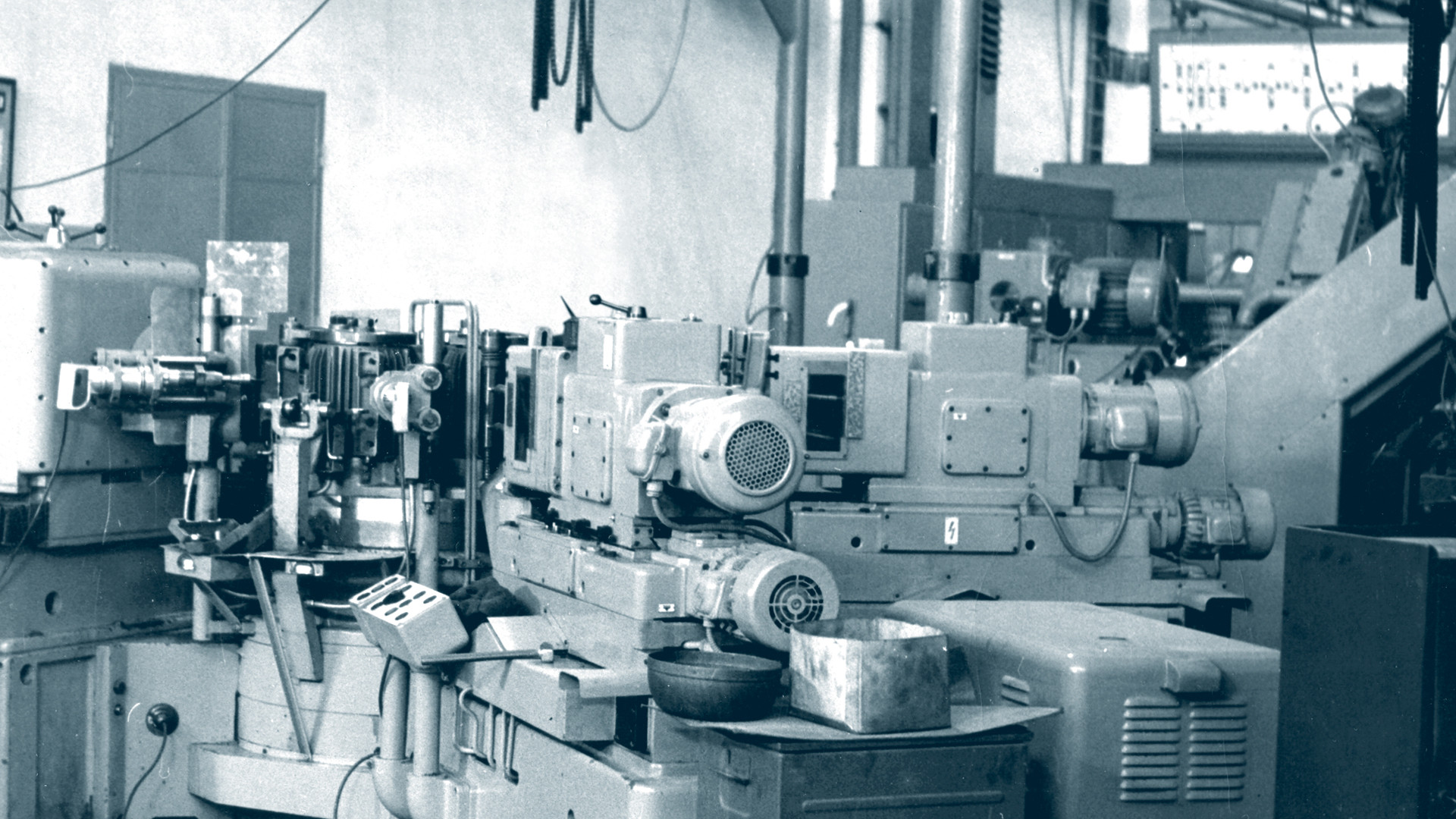

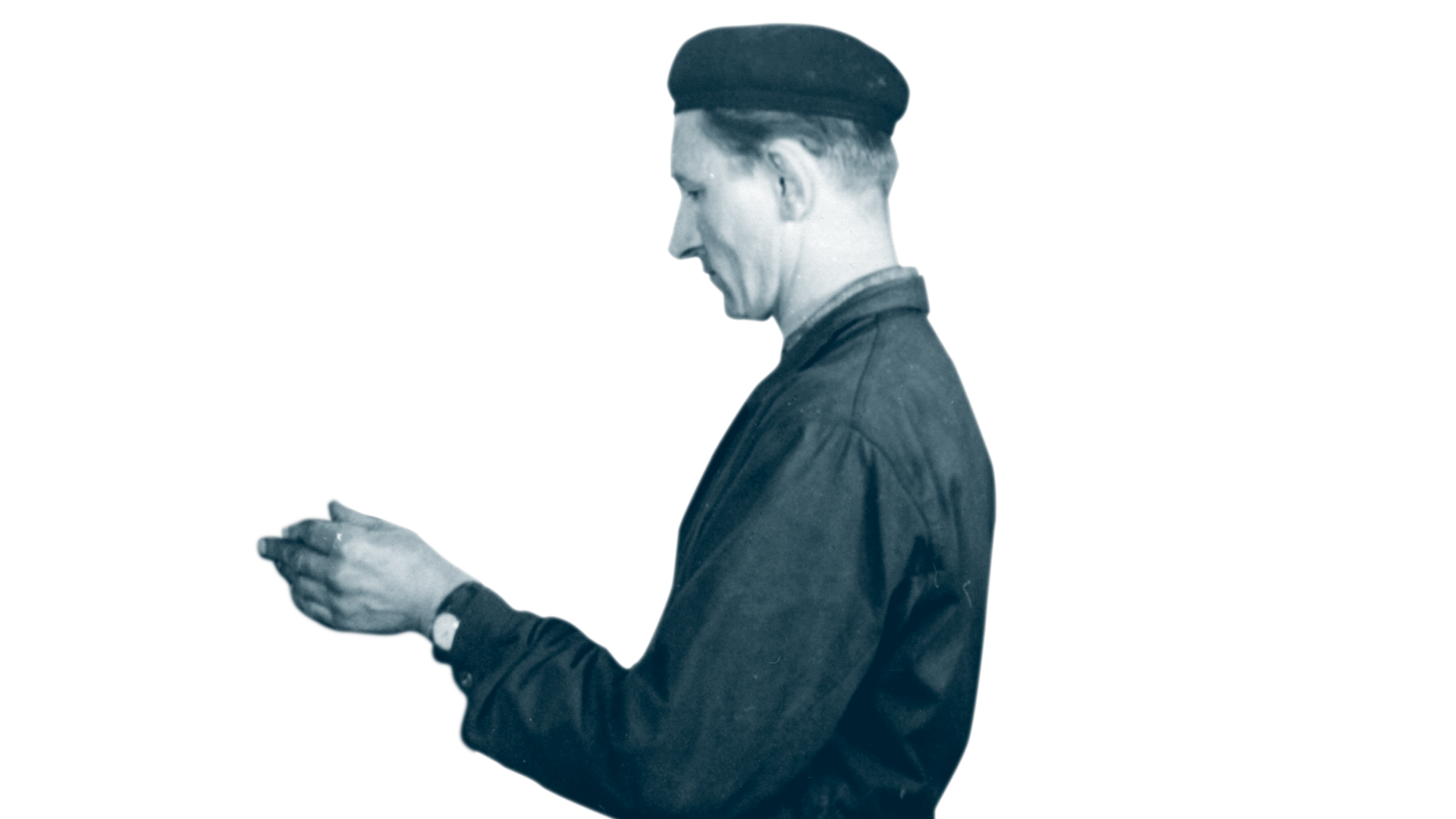
Siemens Elektrotechnika founded in Mohelnice
The 1926 merger of Mohelnice-based Elektrotechnická a strojírenská, a. s. and Siemens& Co., komanditní společnost, created a joint stock company, Siemens Elektrotechnika (Siemens Elektrizitäts-AG). Siemens Elektromotory Mohelnice, now the largest manufacturer of low-voltage asynchronous electric motors in Europe, is a modern successor to this company.

Nationalisation
The Siemens agency, including its production plants, was nationalised after WWII (at the end of 1945). The nationalisation process followed from the regulation of Minister of Industry Bohumil Laušman issued under section 1 (4) of the President's decree of 24 October 1945, regarding the nationalisation of mines and some industrial enterprises. The nationalisation concerned both movable and immovable property, including raw-material deposits and fields that Siemens had in the territory of Czechoslovakia, as well as various authorisations and intellectual property rights, i.e. patents, licences, trade licences, trademarks, designs, etc. All auxiliary businesses and plants belonging to Siemens were nationalised, as well.
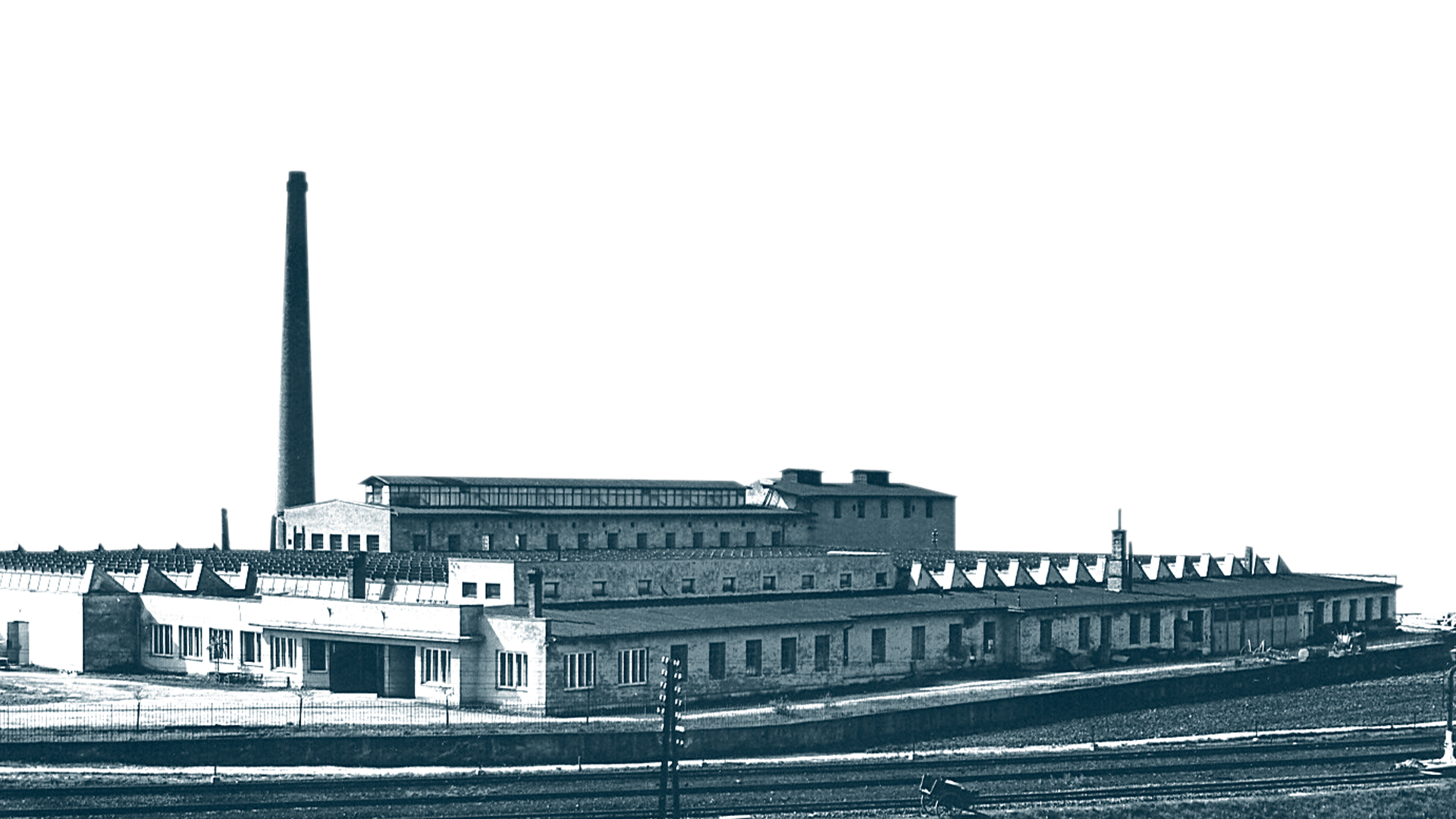
Launch of electric motor production in Frenštát
The history of the Frenštát plant dates back to 1946 when electrical production carved out of the then Baťa Group in Zlín and had to be moved to other premises as soon as possible. The transfer and production of electric motors was originally launched under the brand of Moravské elektrotechnické závody (MEZ). Siemens took over MEZ in 1994. Today, it is Europe's largest plant producing standard electric engines with shaft heights from 225 mm to 355 mm. With its product and process innovations, the Frenštát plant of Siemens is one of the top global players in industrial automation and digitalization.

Resumed deliveries of state-of-the-art technologies
Siemens resumed its activities in Czechoslovakia at the end of the 1960s amid the eased restrictions of local social life. The company managed to maintain its activities also during the normalisation decade. In 1971, Siemens opened a technical and advisory office and resumed deliveries of state-of-the-art technologies. For this, the company used contacts with external trade companies and Efektim (since 1971). This period was marked by significant deliveries of lighting equipment for three Czechoslovak Television studios in Kavčí hory (1975) or an installation of the first CT scanner in Czechoslovakia in Hradec Králové University Hospital (1978).
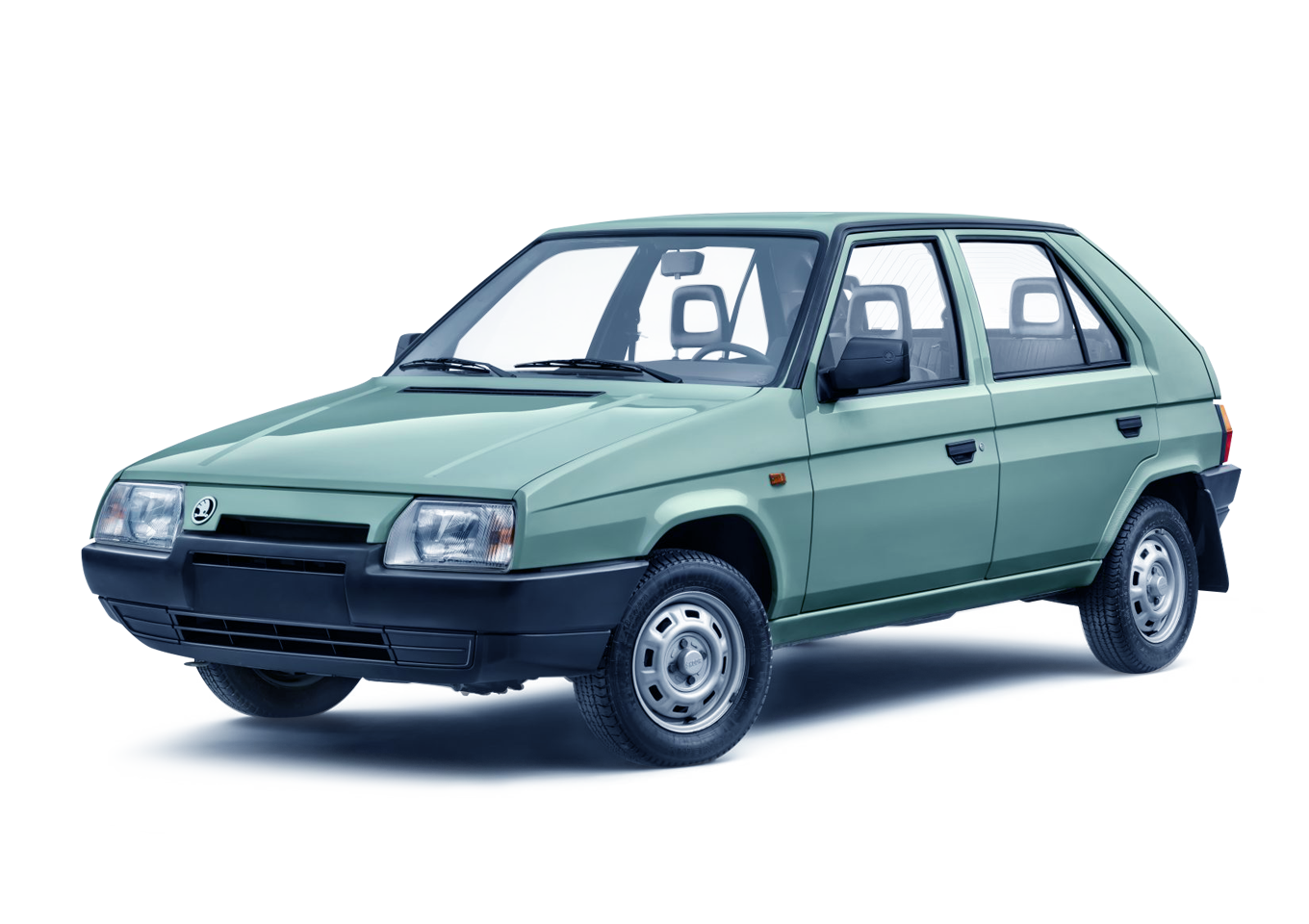
Control system of Škoda's production line
The Mladá Boleslav-based carmaker planned to launch the production of the Škoda Favorit in 1987. The car should have become a symbolic expression of the state efforts to rescue the sinking socialist economy. Škoda should have manufactured a car "that should, to say the least, be easily competitive on European markets". The car manufacturer informed the public that in connection with the Favorit's launch, it intends to "introduce a wide scale of single-purpose machines, robots, and handling devices in the production". Six main lines were equipped with robots from renowned firms such as Kuka and Comau. Siemens was also involved in the modernisation of operations when it equipped production lines with PLCs of the Simatic S5 series. "Many of the best core employees have already participated in specialist training in our country and abroad to be ready to manage new technologies," the carmaker expressed its determination to meet the task commissioned by the state. The interest in the Favorit was immense after its market launch, and it was also one of the decisive factors during the carmaker's privatisation in 1991.

Reopening the permanent agency of Siemens
After the Velvet Revolution, Siemens returns to Czechoslovakia at its full strength - the permanent agency was reopened in 1990. The company left a strong footprint in telecommunications in the early 1990s when it won a tender for the digitalization of the entire Czech telecommunications network in 1991. Siemens confirmed its leading role in digital technologies in the coming years, as well. In 1995, it launched the Gigaset - the first digital wireless telephone in the Czech Republic. The first mobile phone with a Czech display (the S6) followed in 1996. Siemens built the telecommunications network for mobile operator Paegas (today T-Mobile) in 1997. Siemens sold the mobile phone division in 2005.
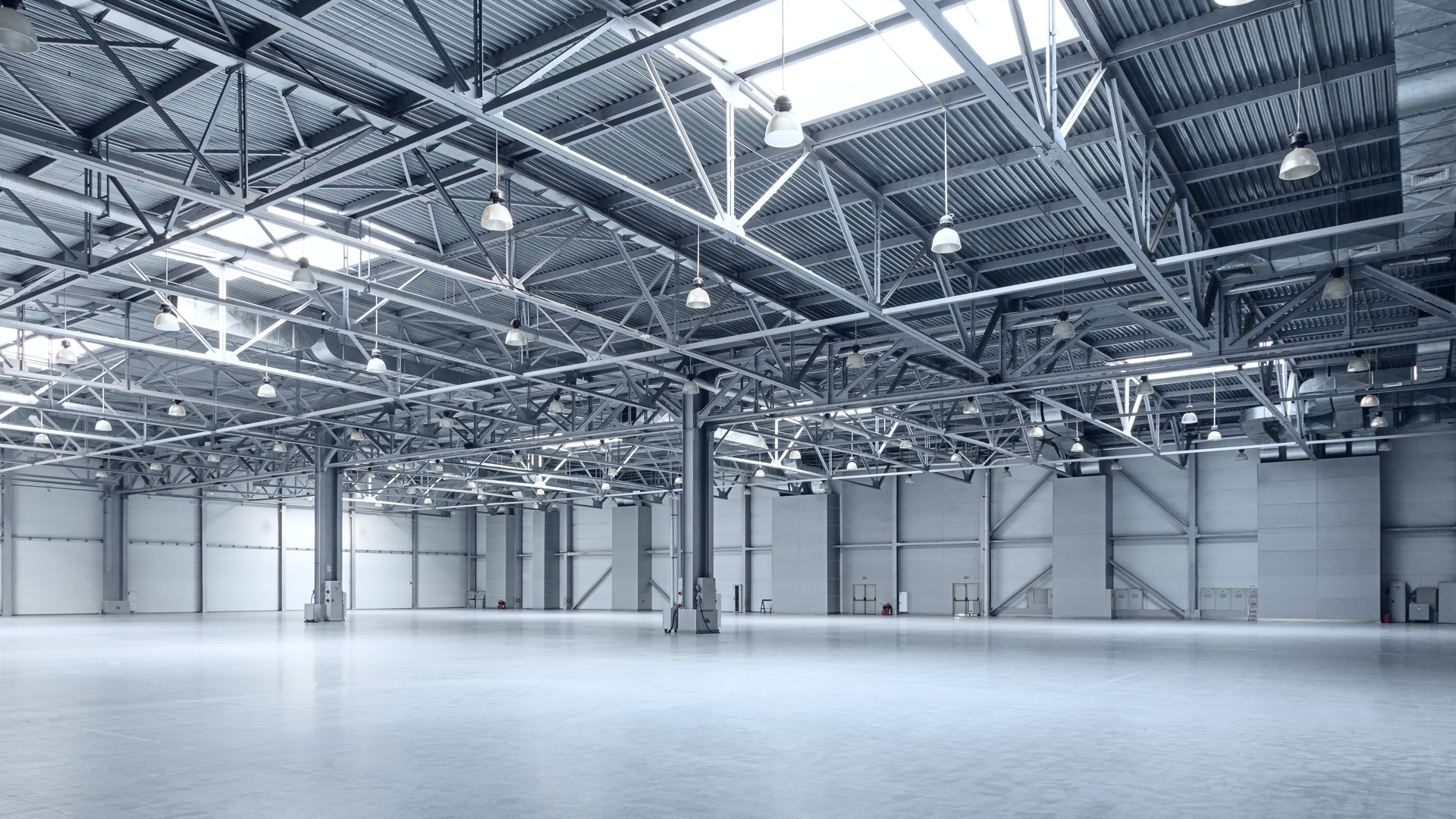
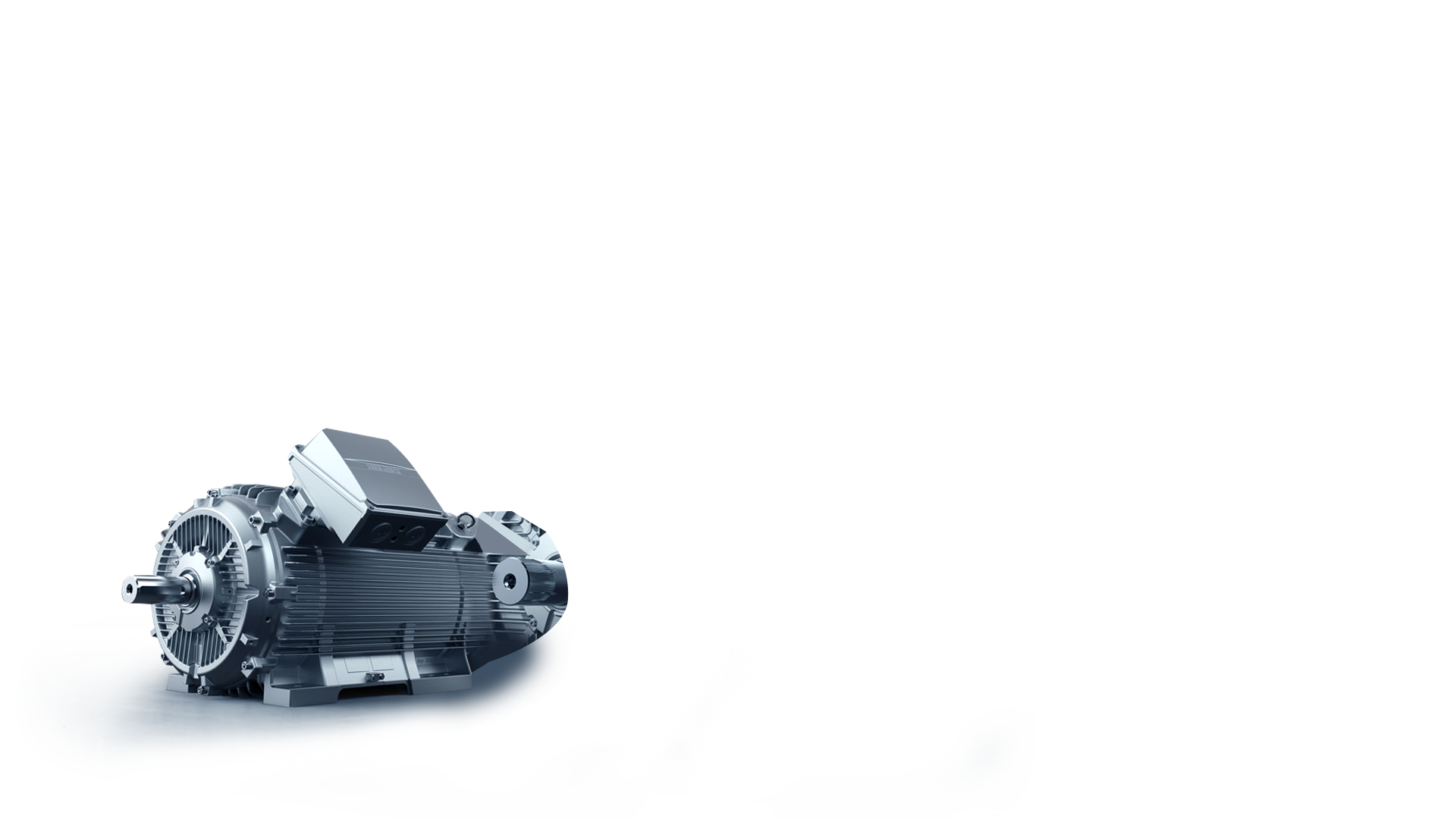

Production developments in the Czech Republic
Siemens also started resuming manufacturing operations in the Czech Republic. In 1993, the company launched the production of low-voltage switchgear in Trutnov, and a year later, it resumed the production of electric motors in Mohelnice where it also manufactures busbar systems today. Siemens also took over production plants in Frenštát pod Radhoštěm (electric motors), Drásov (electric motors and generators), and Letohrad (low-voltage switchgear and fuses – OEZ). In 2003, Siemens took over the production of steam turbines in Brno.
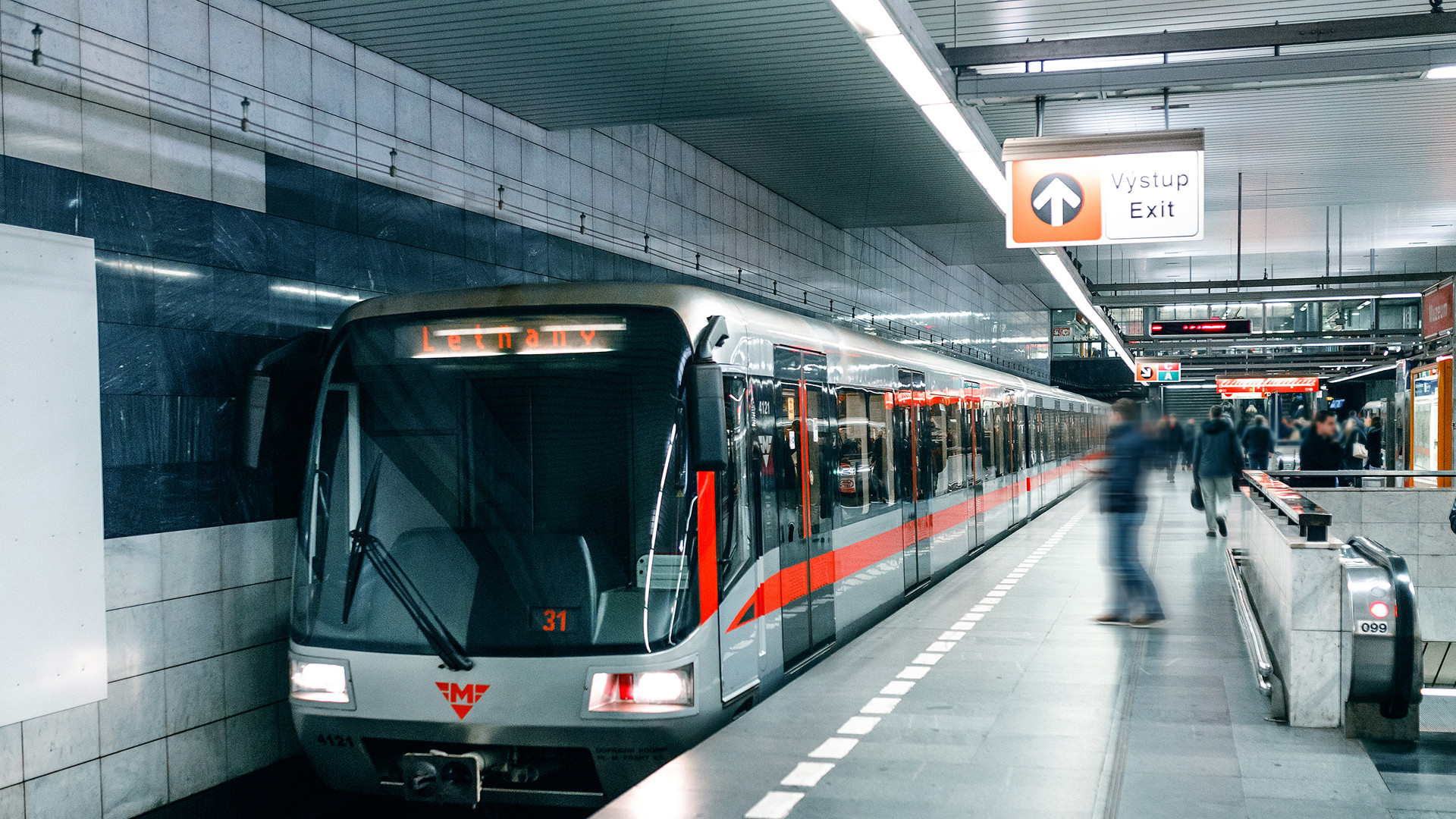
Fast, comfortable, with low emissions
The year 2000 was crucial for the transport segment when the company deployed train sets delivered by a consortium of AEG – ČKD – Siemenson Line C of the Prague Metro. Railjet trains or modular multi-purpose locomotives Vectron can be seen on Czech railways in recent years.
In 2011, Siemens presented its first two charging stations for electric vehicles in the Czech Republic. It was another of the many technological solutions focused on the modernisation of urban infrastructure. The current end-to-end electromobility portfolio by Siemens includes stations for public, semi-public, and private charging.
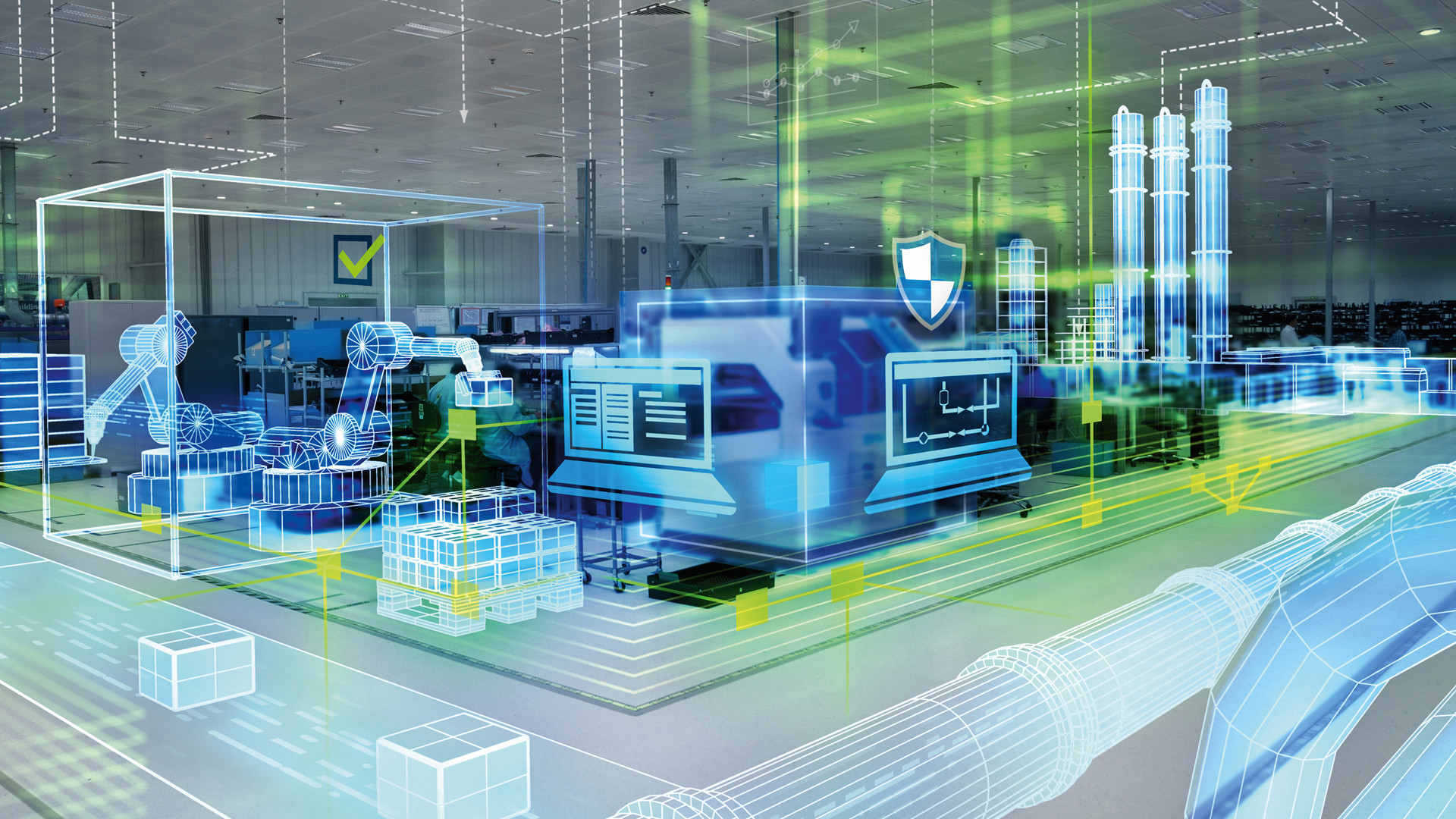
Digitalization challenges
Digitalization is a crucial trend of today. With new technologies such as data analytics, cloud or the Internet of Things (IoT), Siemens offers its customer higher productivity along the entire value chain - from design through operation to production and service. Digitalization plays a vital role, accelerating the time-to-market and increasing product and service availability. With detailed knowledge of technologies and the industrial environment, we can select key data and interpret them to bring an added value for our customers.
A Siemens development and prototype centre was opened in Prague in 2013. It develops software solutions and hardware products focused on industrial and process automation in production and intelligent road and rail traffic control.

Testbed for Industry 4.0
Siemens is the main partner of the unique Testbed for Industry 4.0, which was opened in the Czech Institute of Informatics, Robotics and Cybernetics. Small and medium-sized businesses can use the laboratory's services to test the state-of-the-art technologies, including the digital twin methods and advantages of virtual commissioning that will help them digitalize their operations.
Siemens has also launched a global partner programme, MindSphere, in the Czech Republic, and is developing a broad ecosystem for the industrial Internet of Things. MindSphere is an open cloud-based platform and operating system for the Internet of Things. It provides customers from many segments (from industrial production through energy to smart city infrastructure) with the availability of top-class services and tailored solutions.

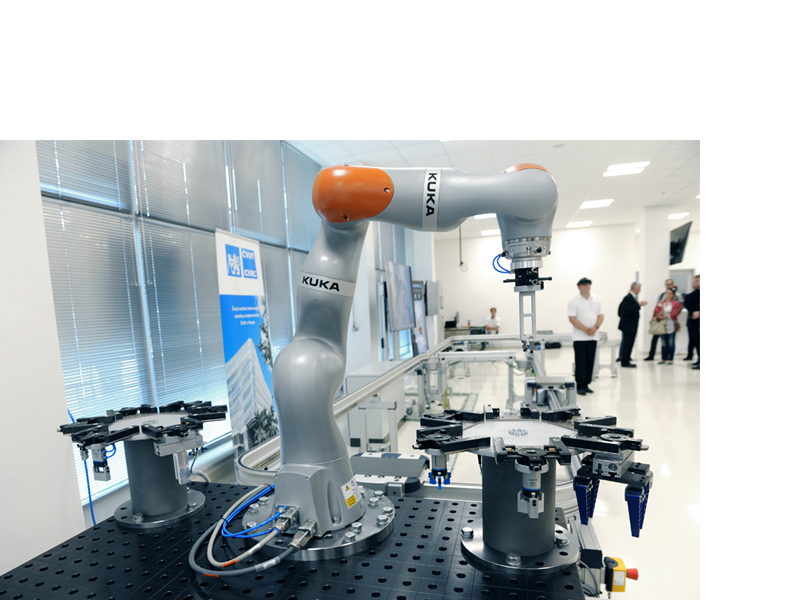
Siemens is changing its structure
Siemens is gradually changing its structure. What used to be a compact firm is now giving way to the development of autonomous companies that are able to react to customer requirements and market conditions in a better and more flexible way.

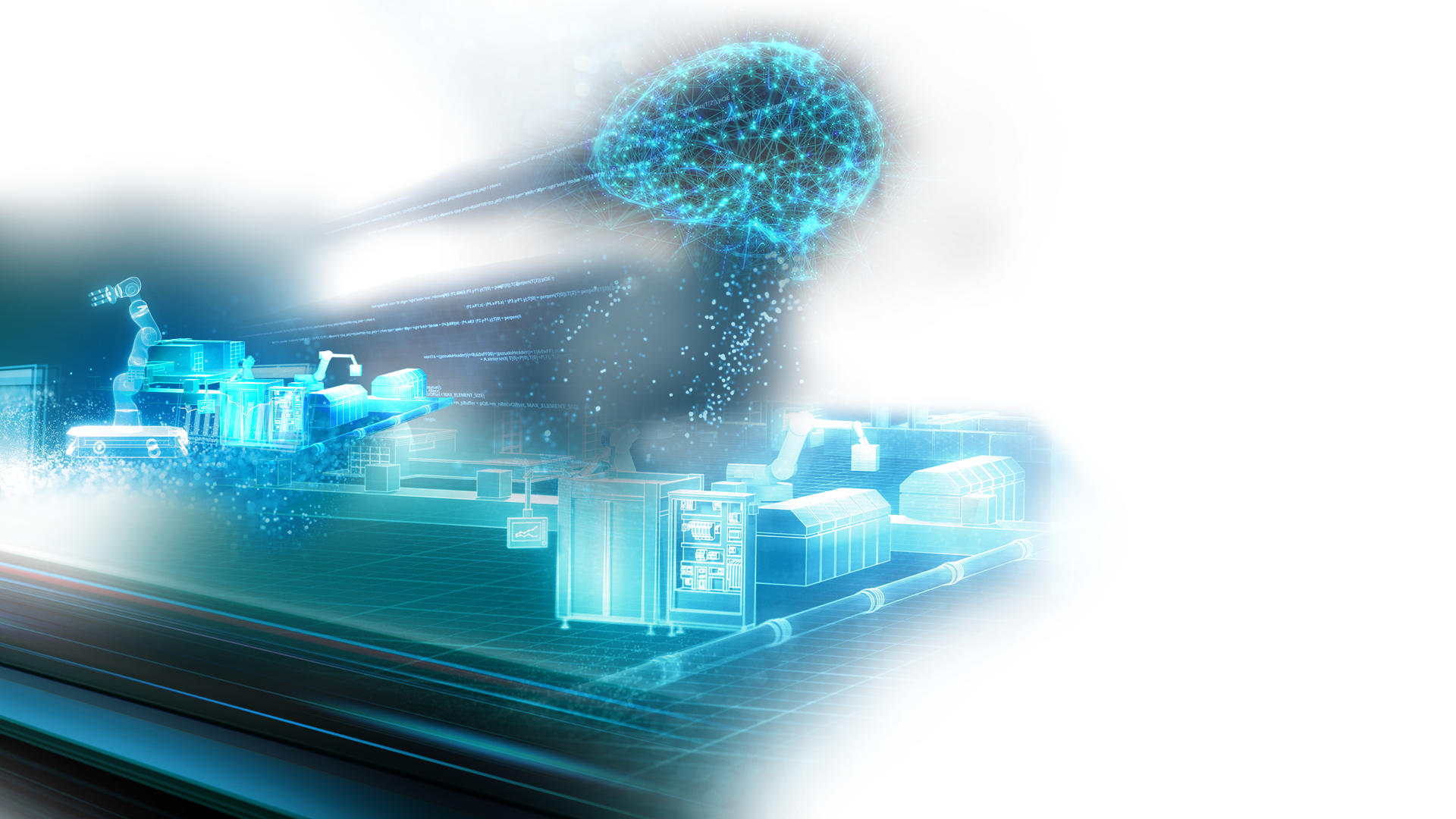
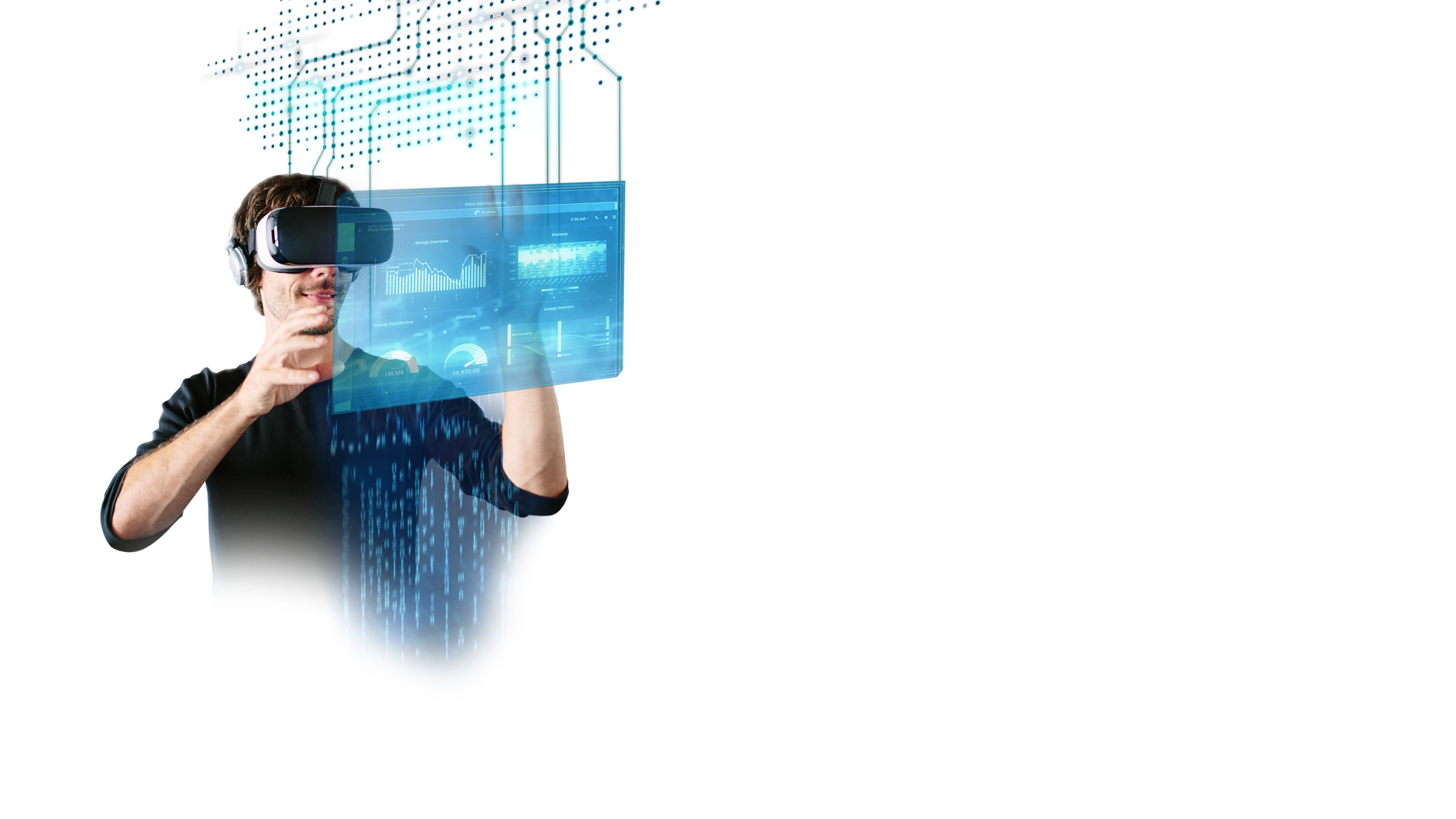
Technologies for the present and the future
Siemens is seen as a technology powerhouse, which is on a firm footing mainly in industrial digitalization and automation, energy, and the smart infrastructure. It is one of the largest employers in the Czech Republic. The company is expanding its portfolio and services most in digitalization, with its flagship MindSphere, a cloud-based open operating system for the industrial Internet of Things. This system allows using technological data to optimise processes, thus enabling brand-new business models in many areas, including industrial production, energy, rail and road transport, logistics, and smart cities.

